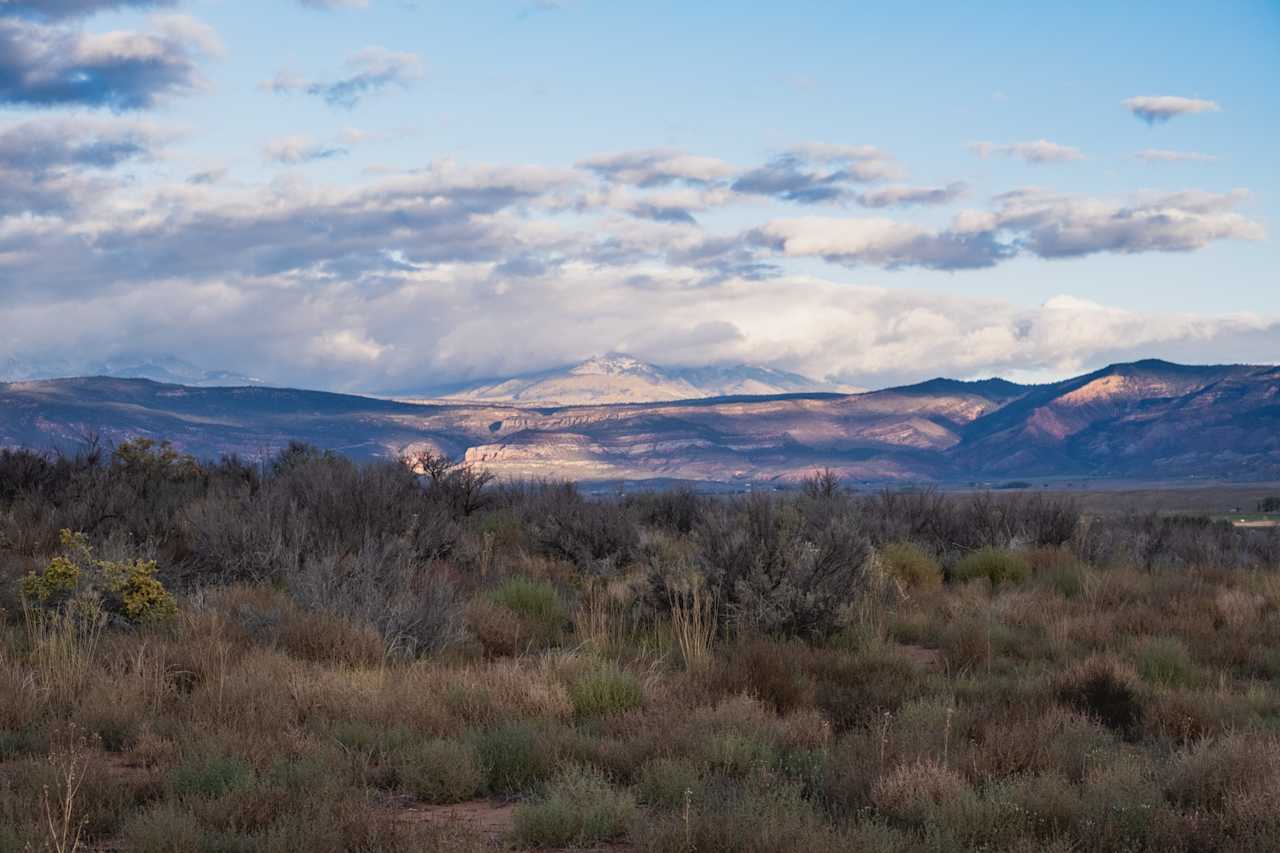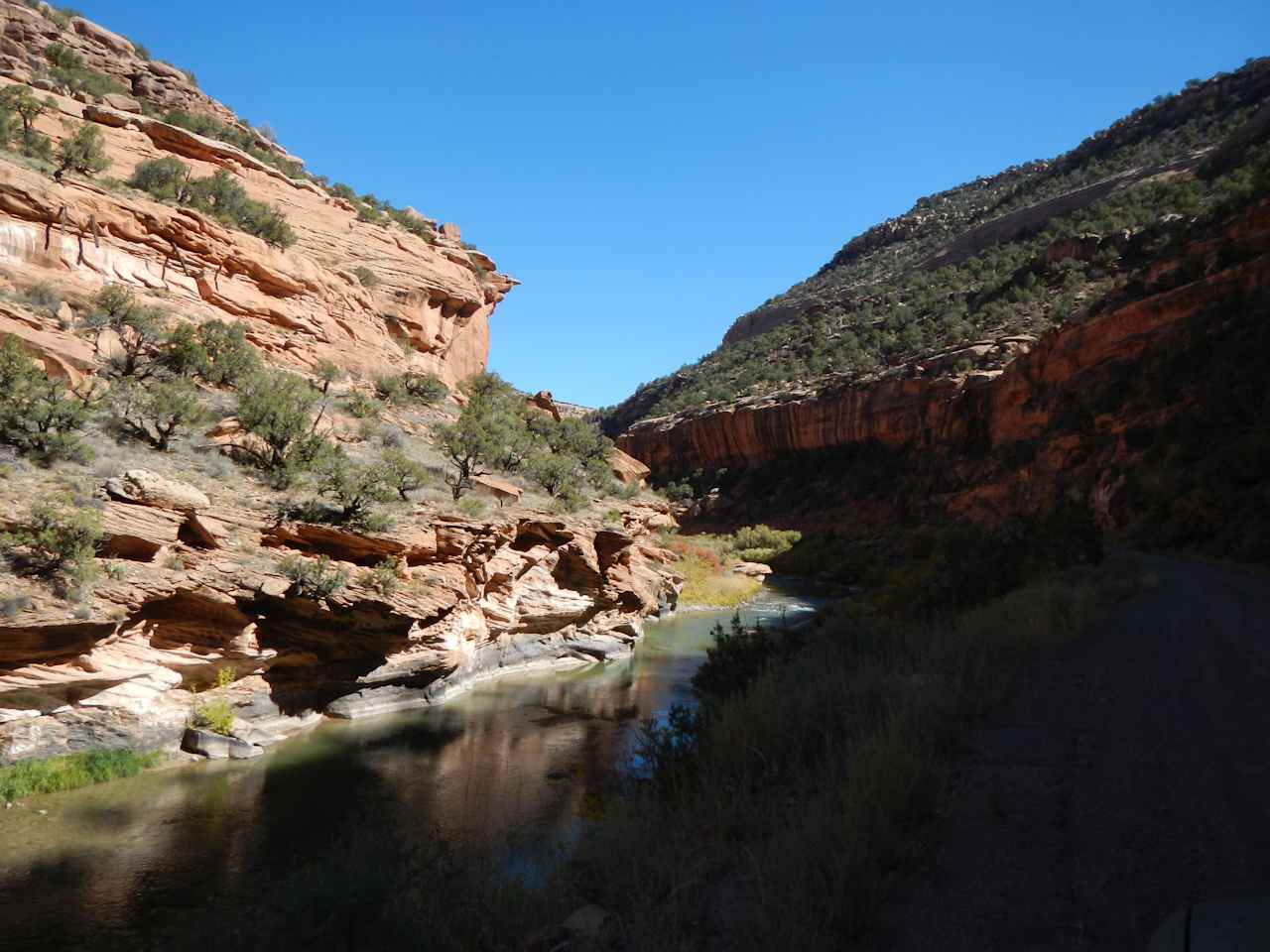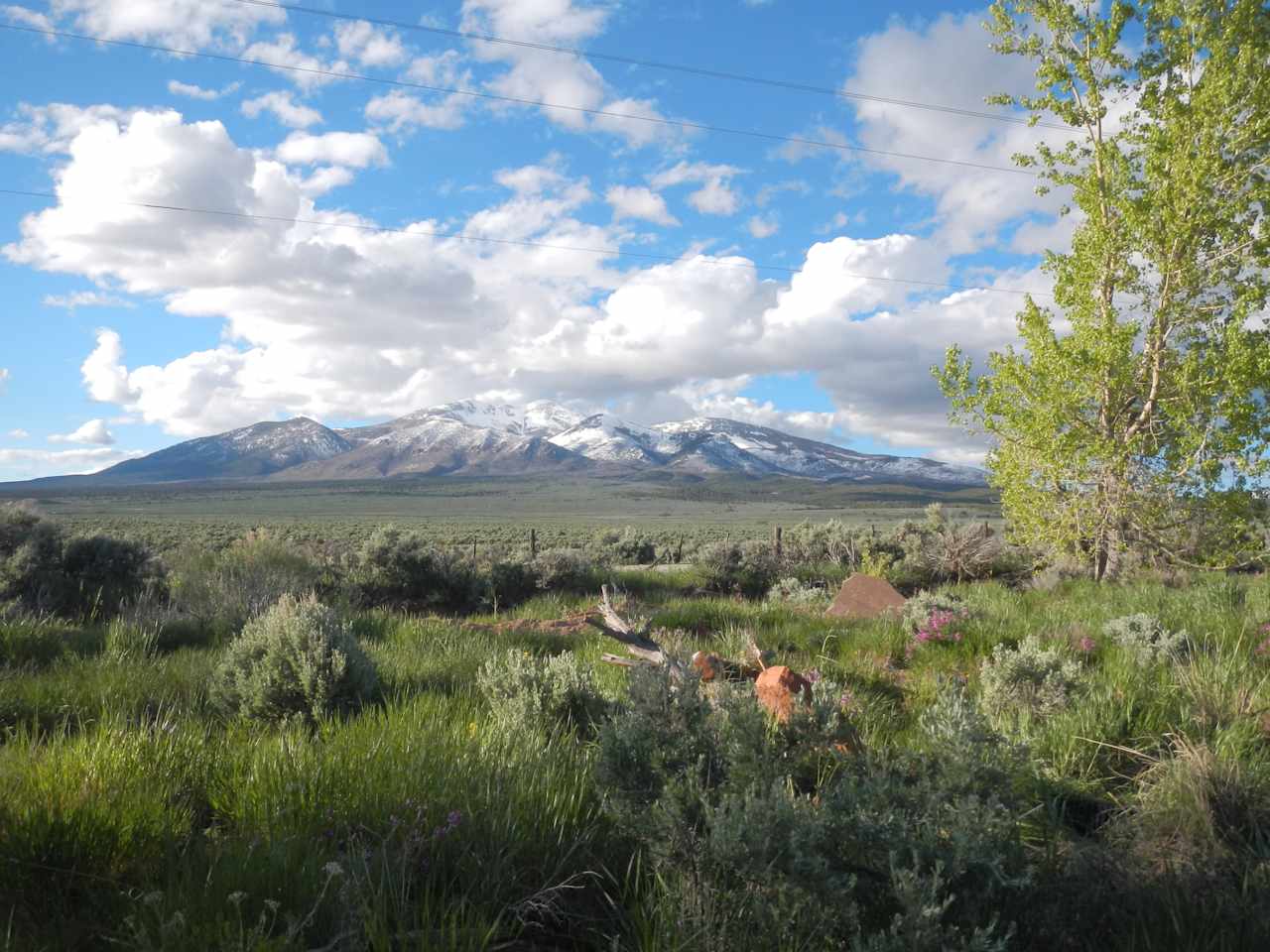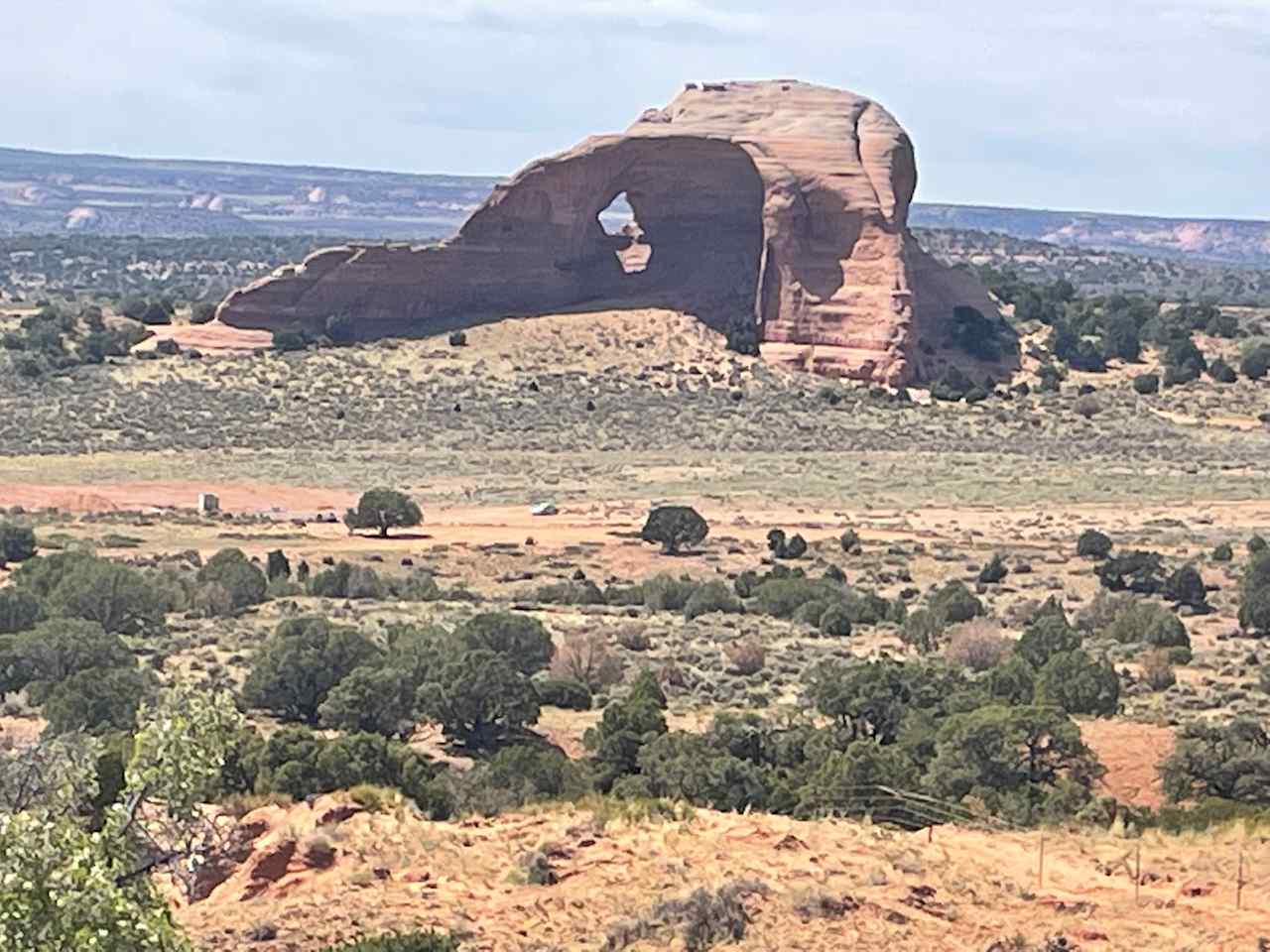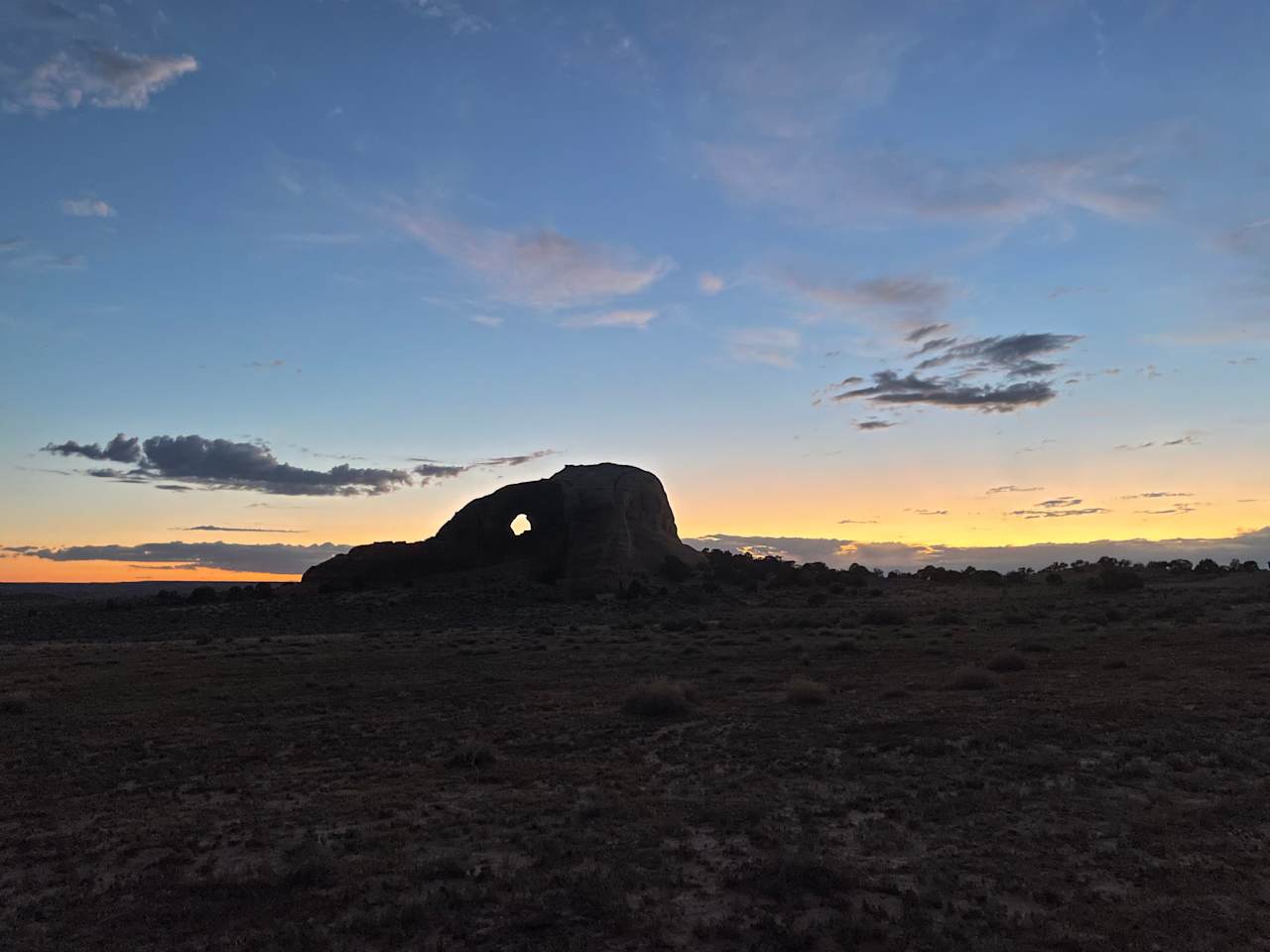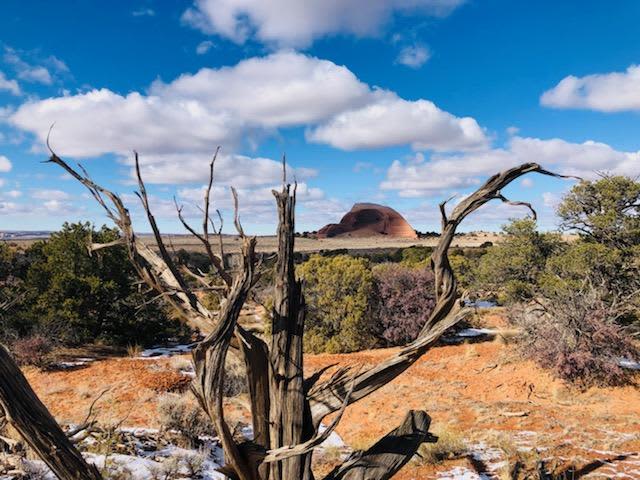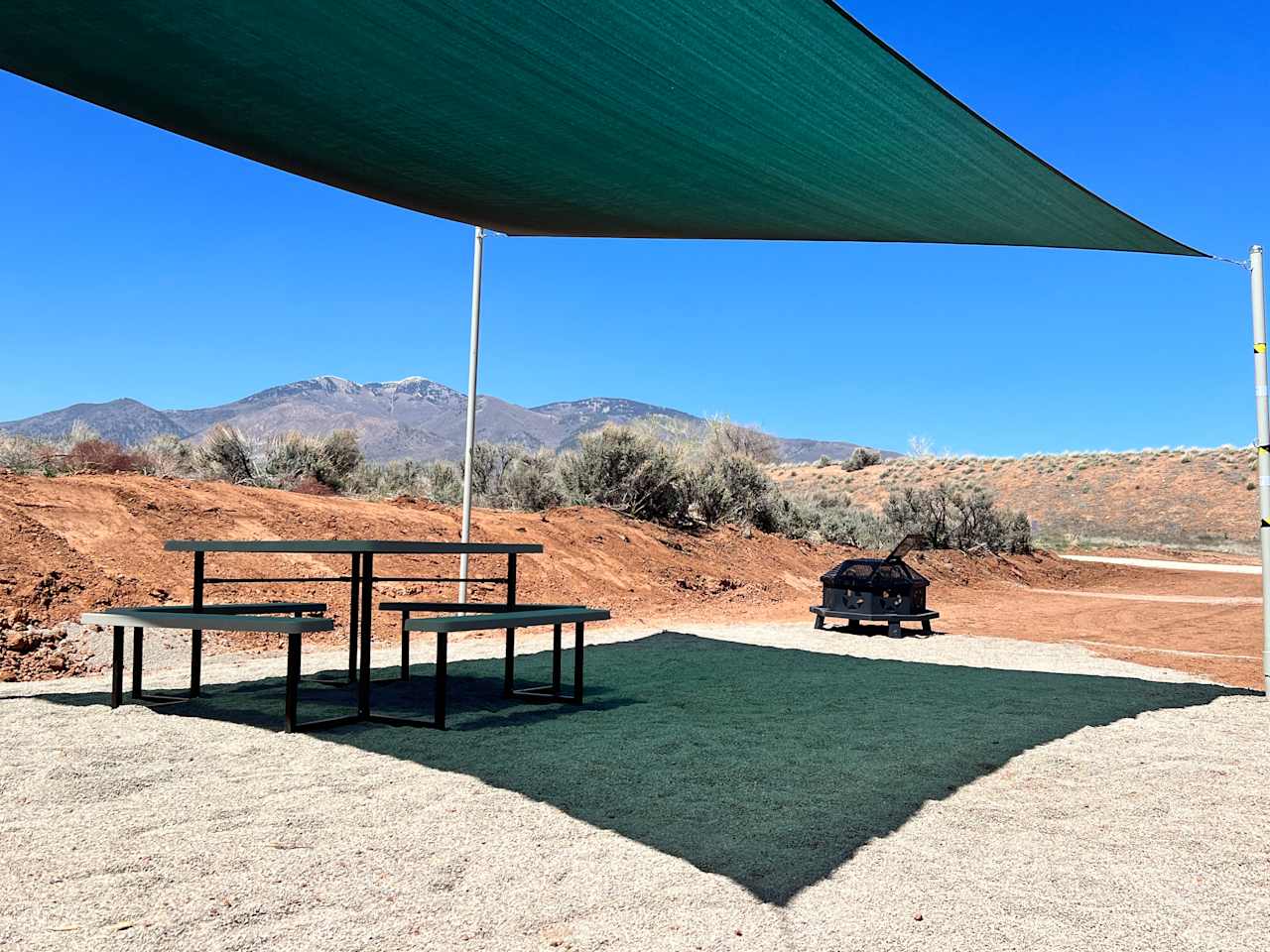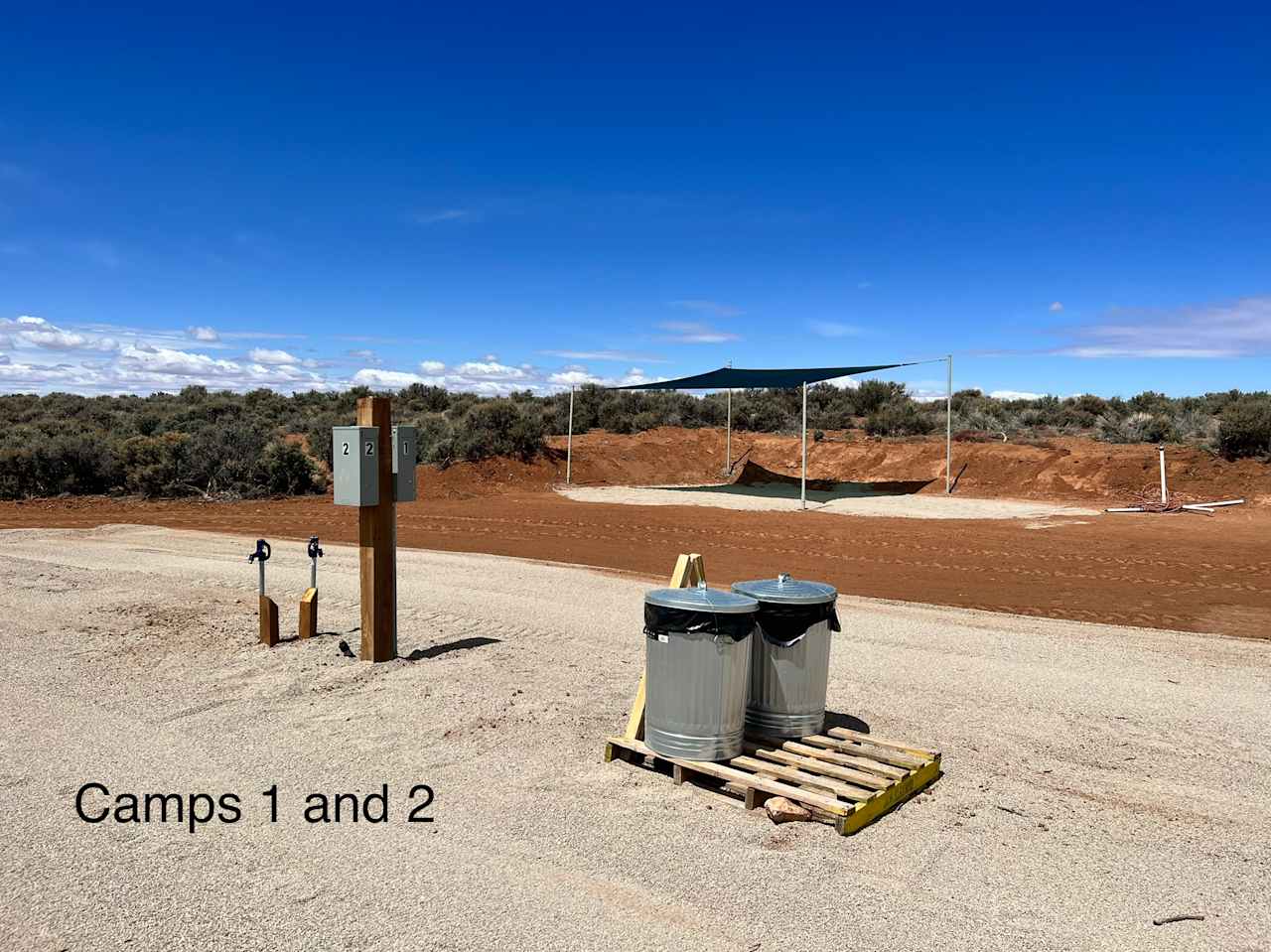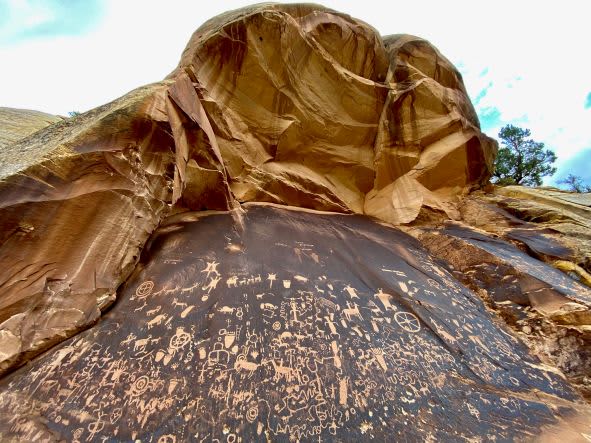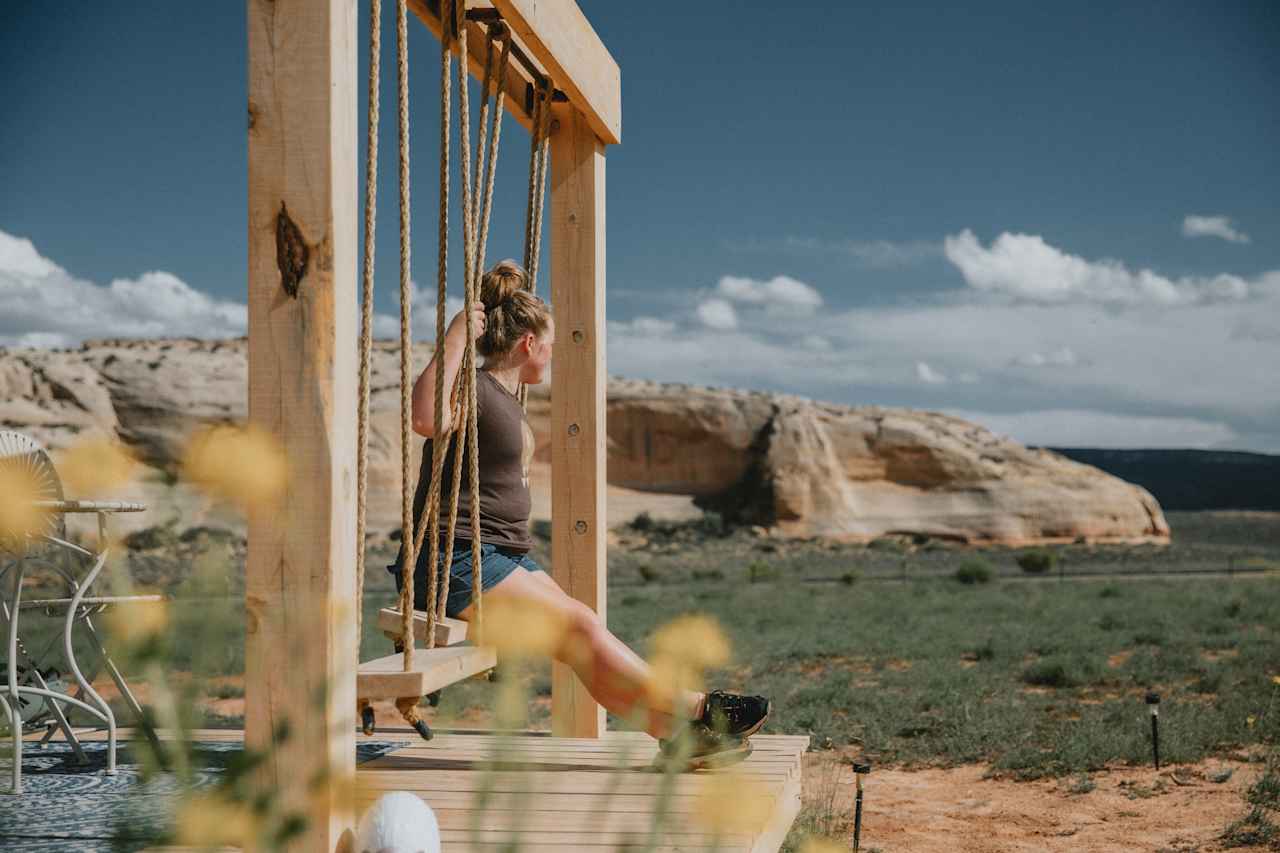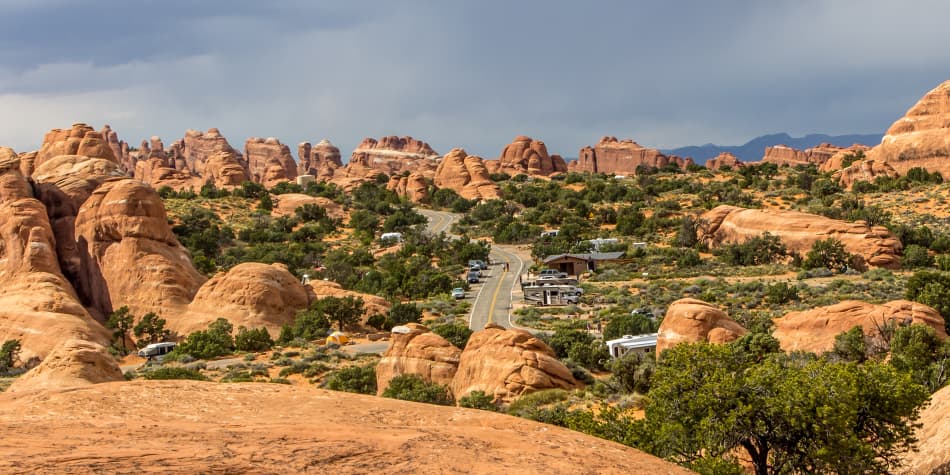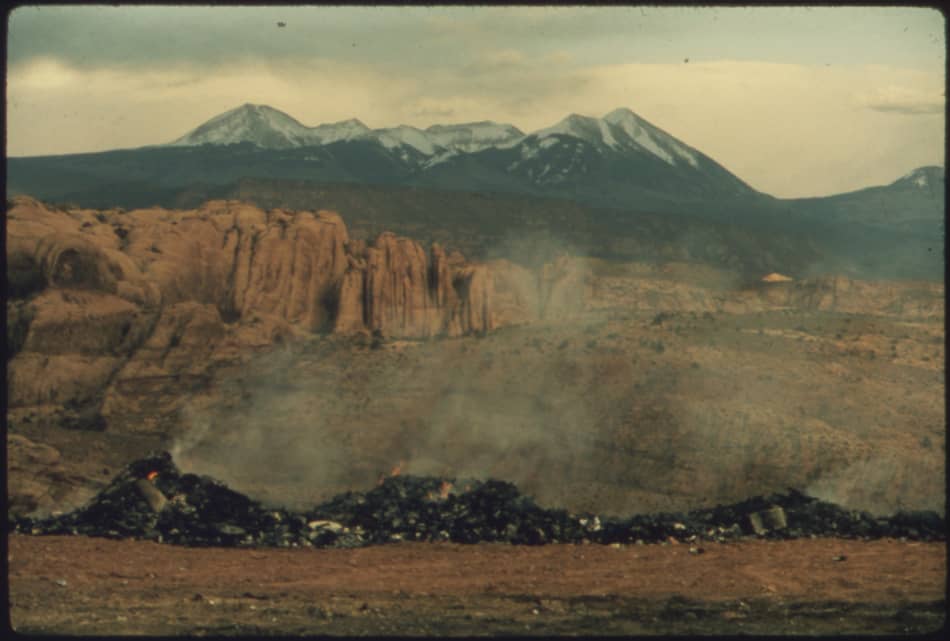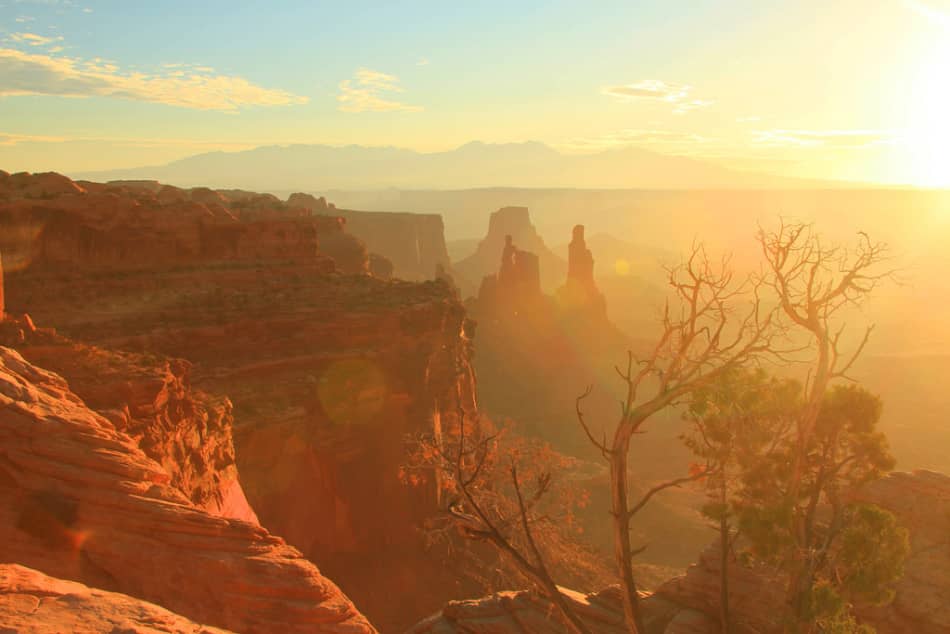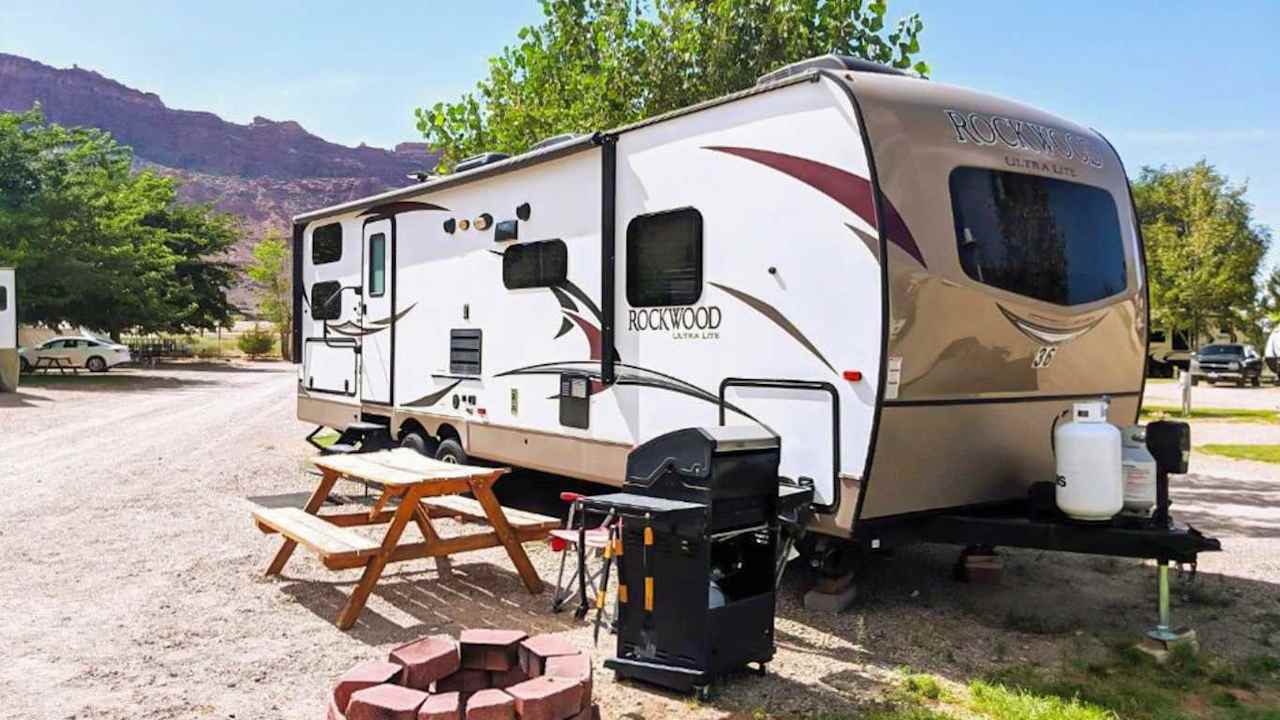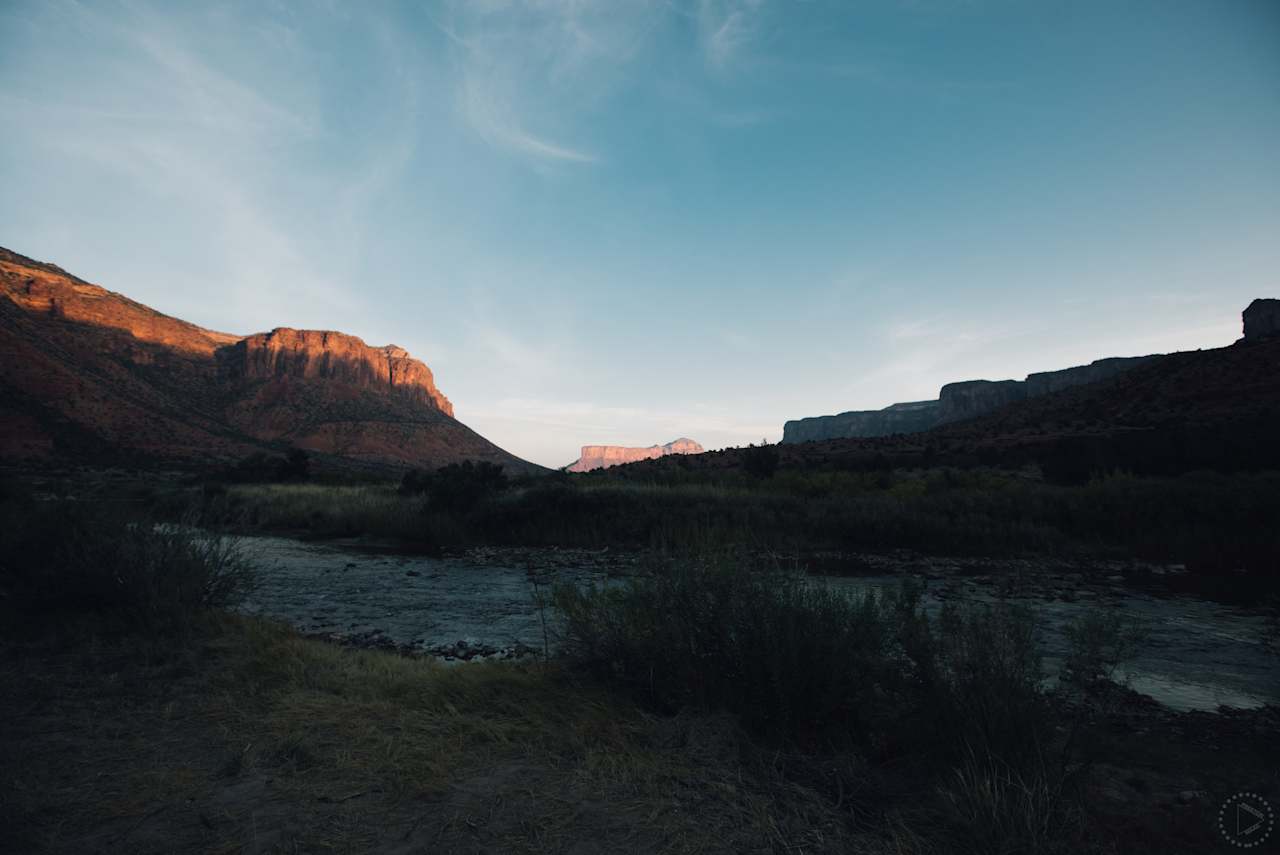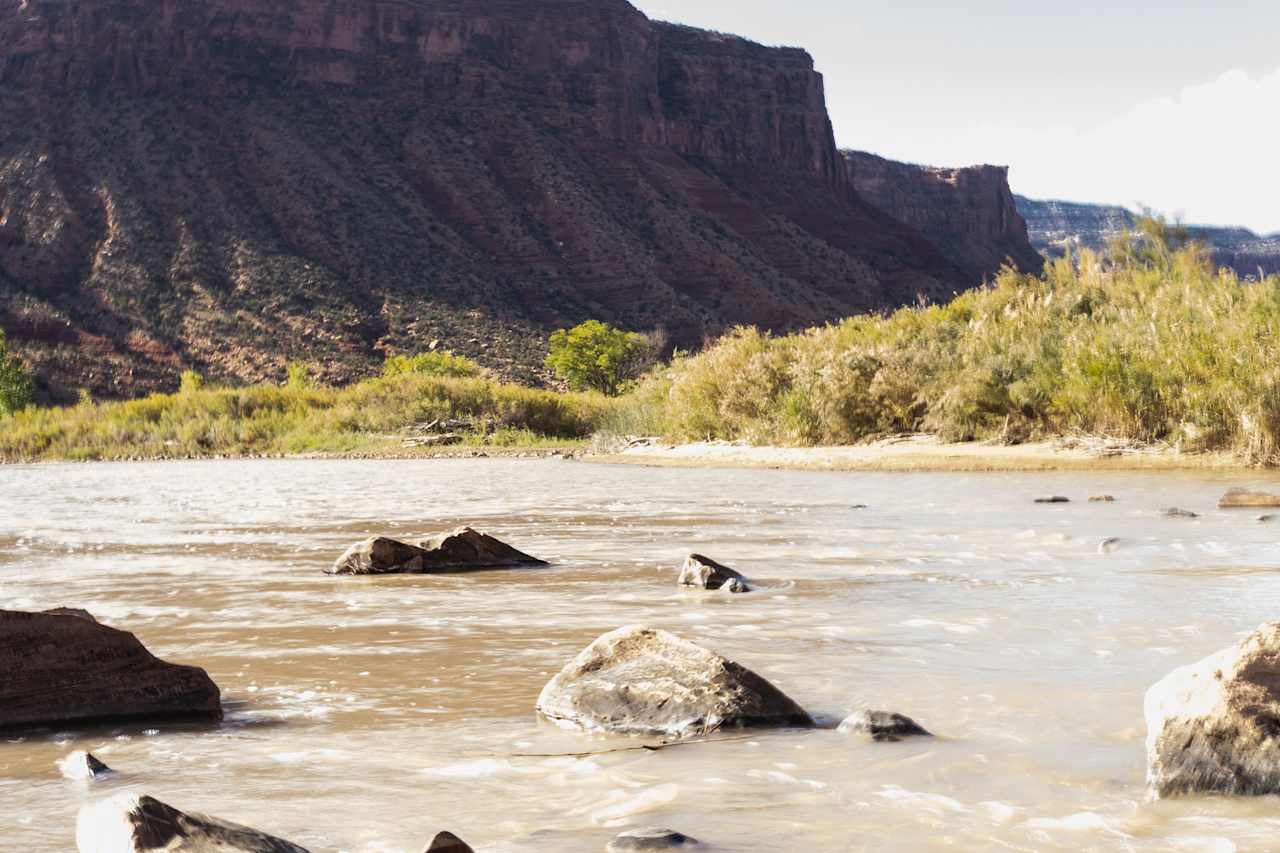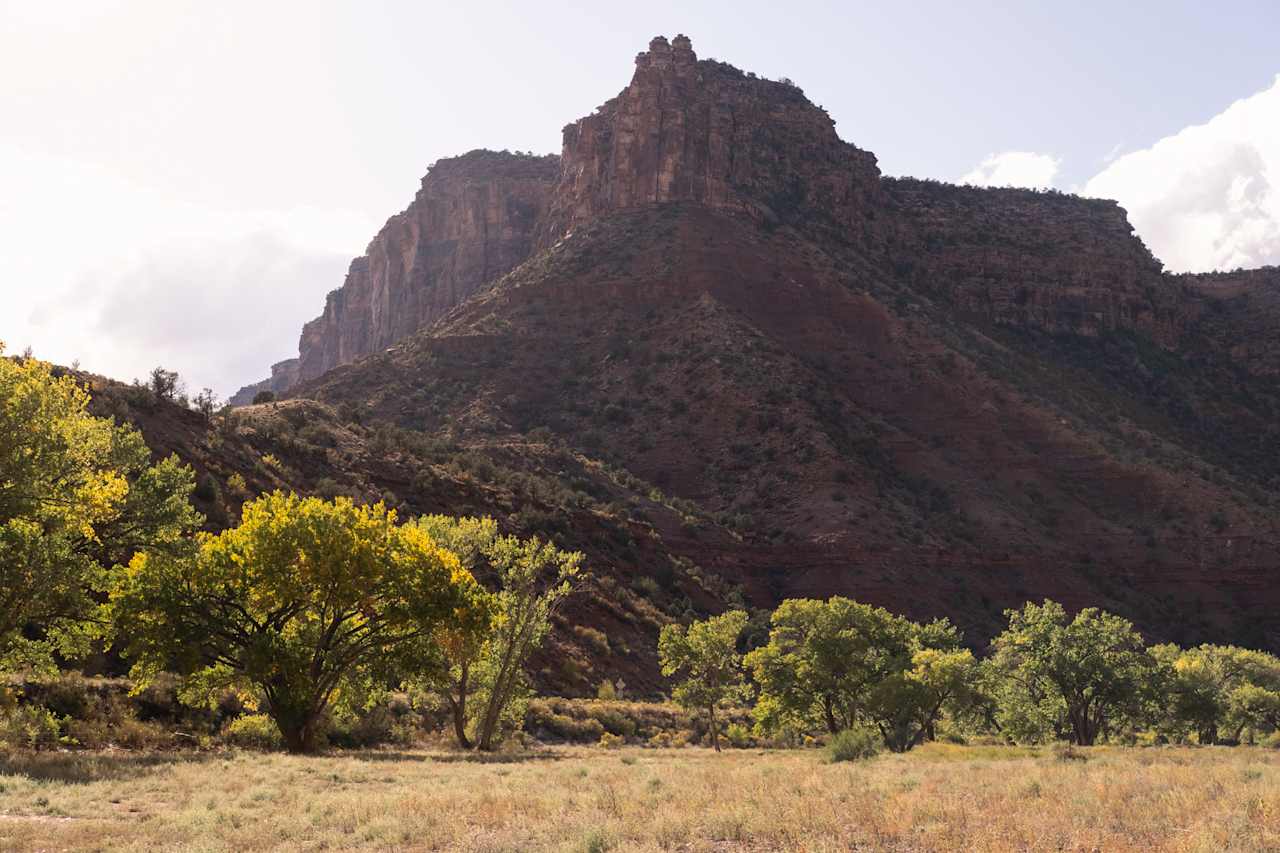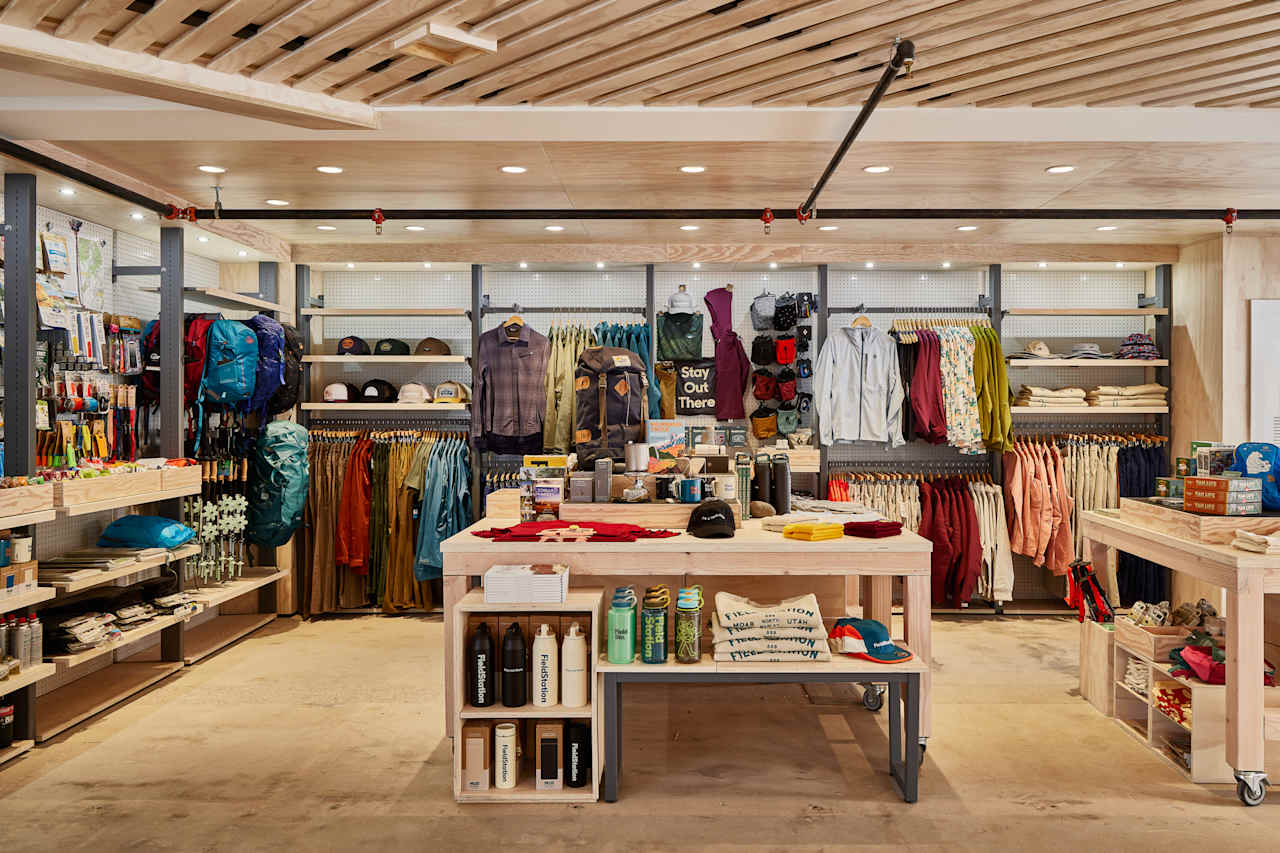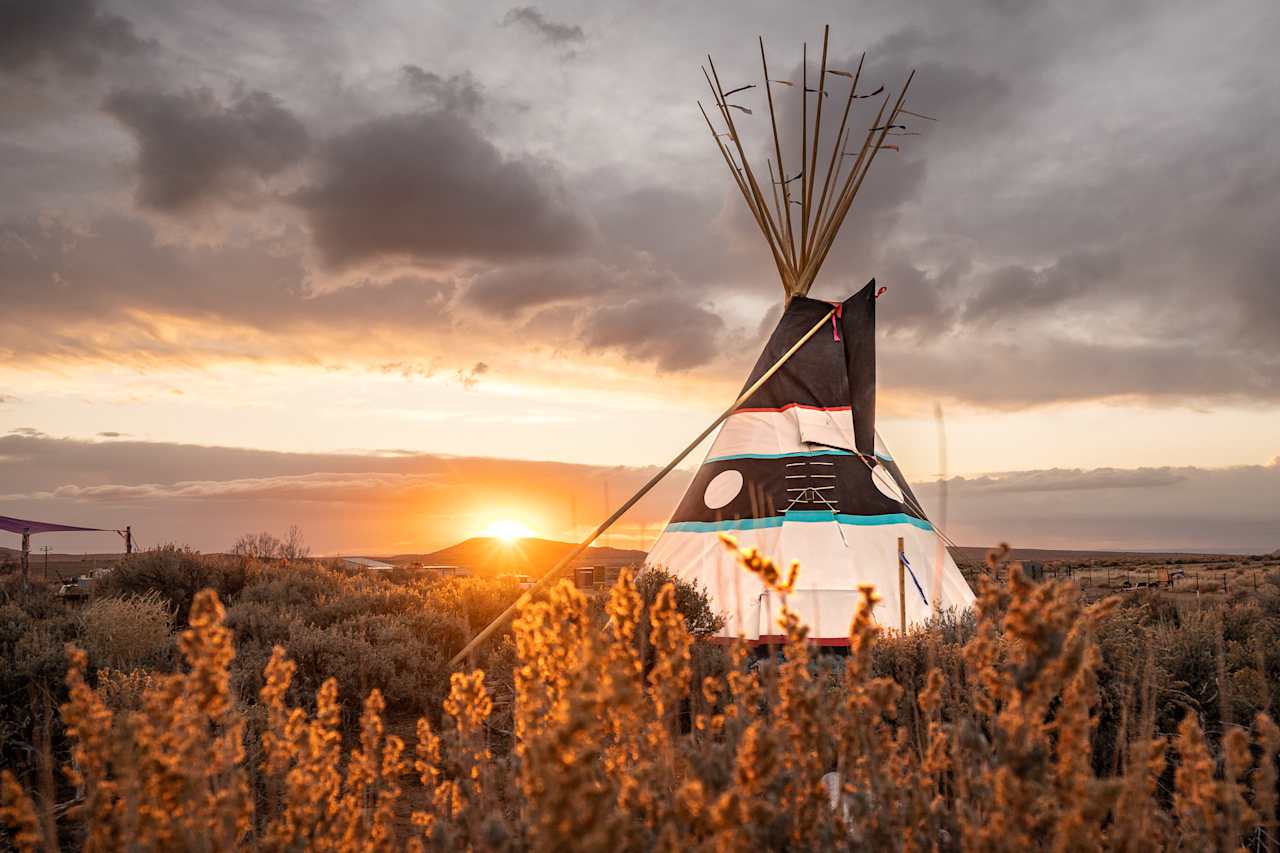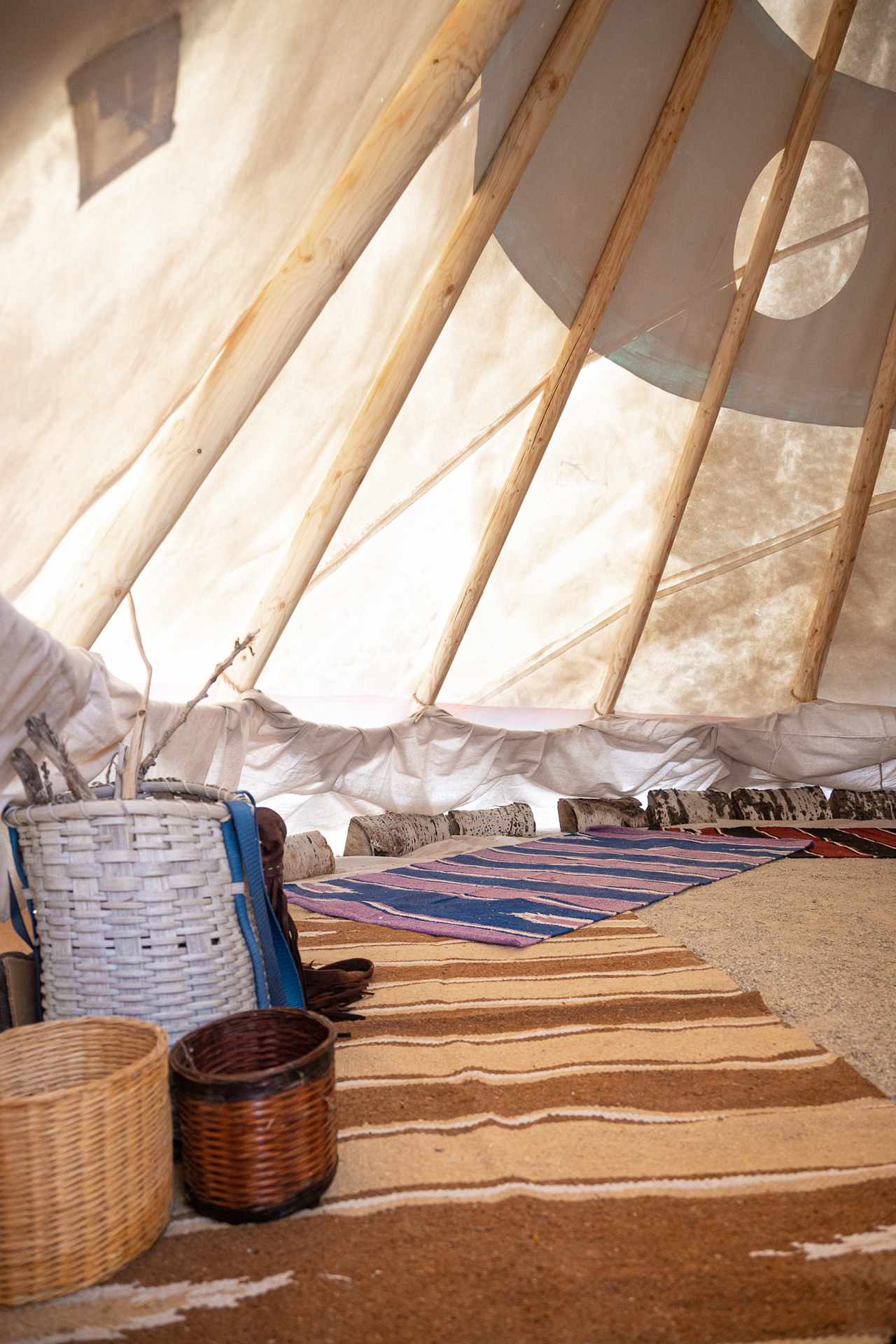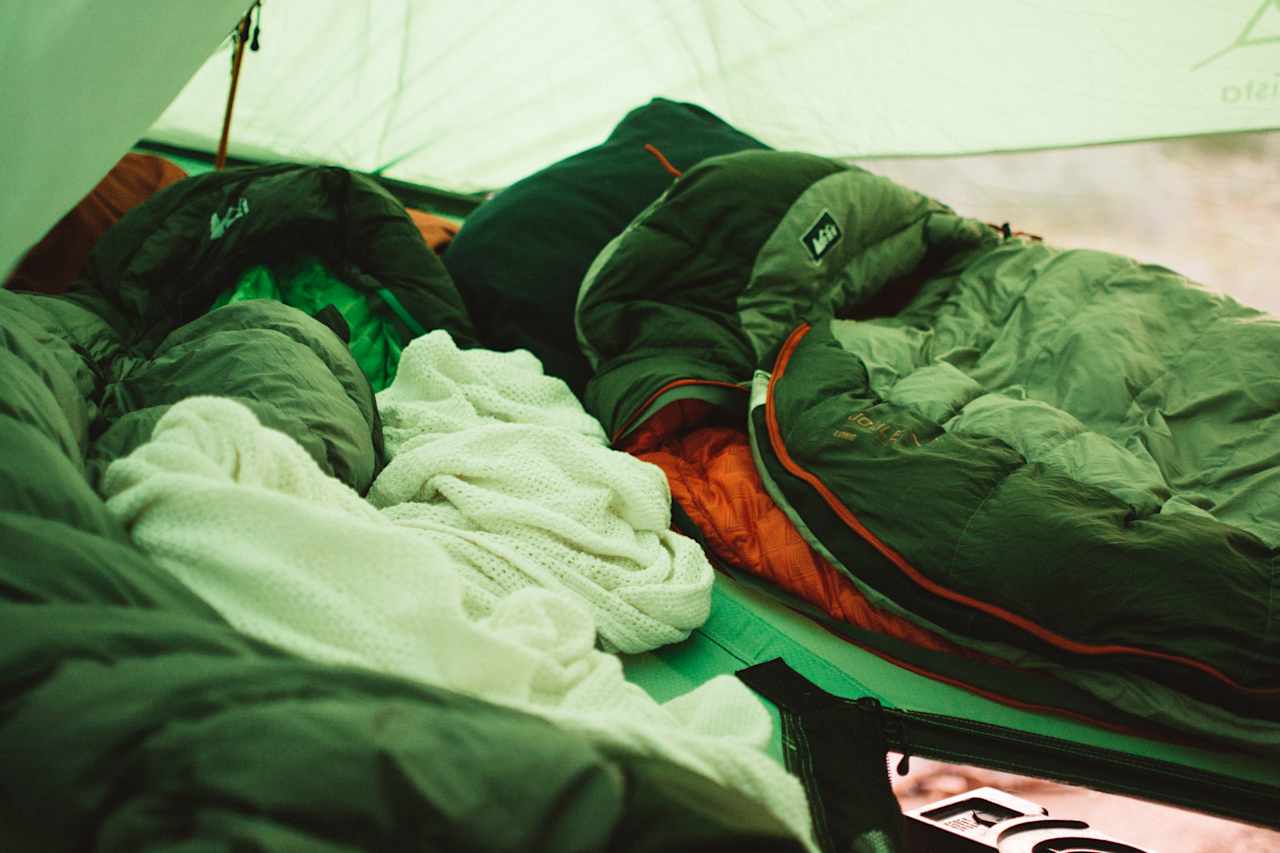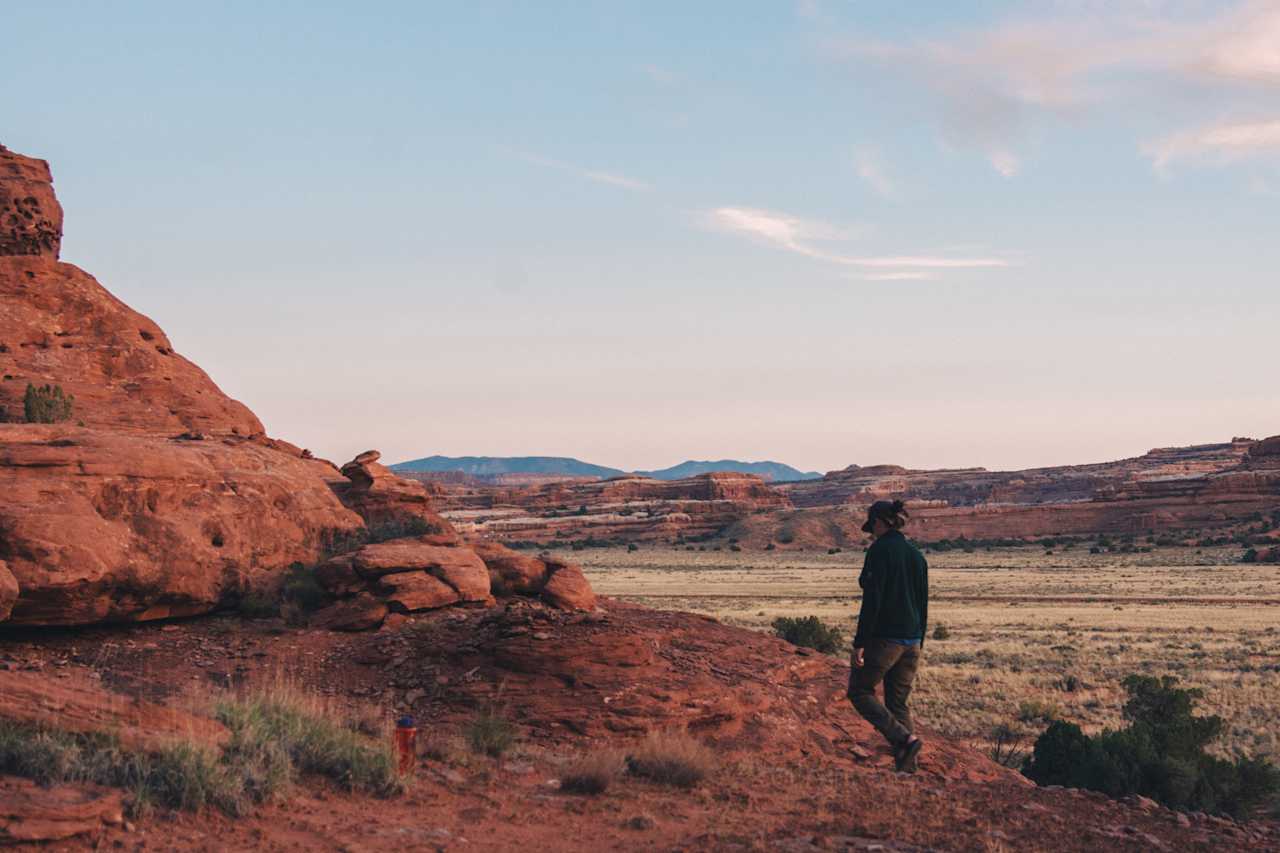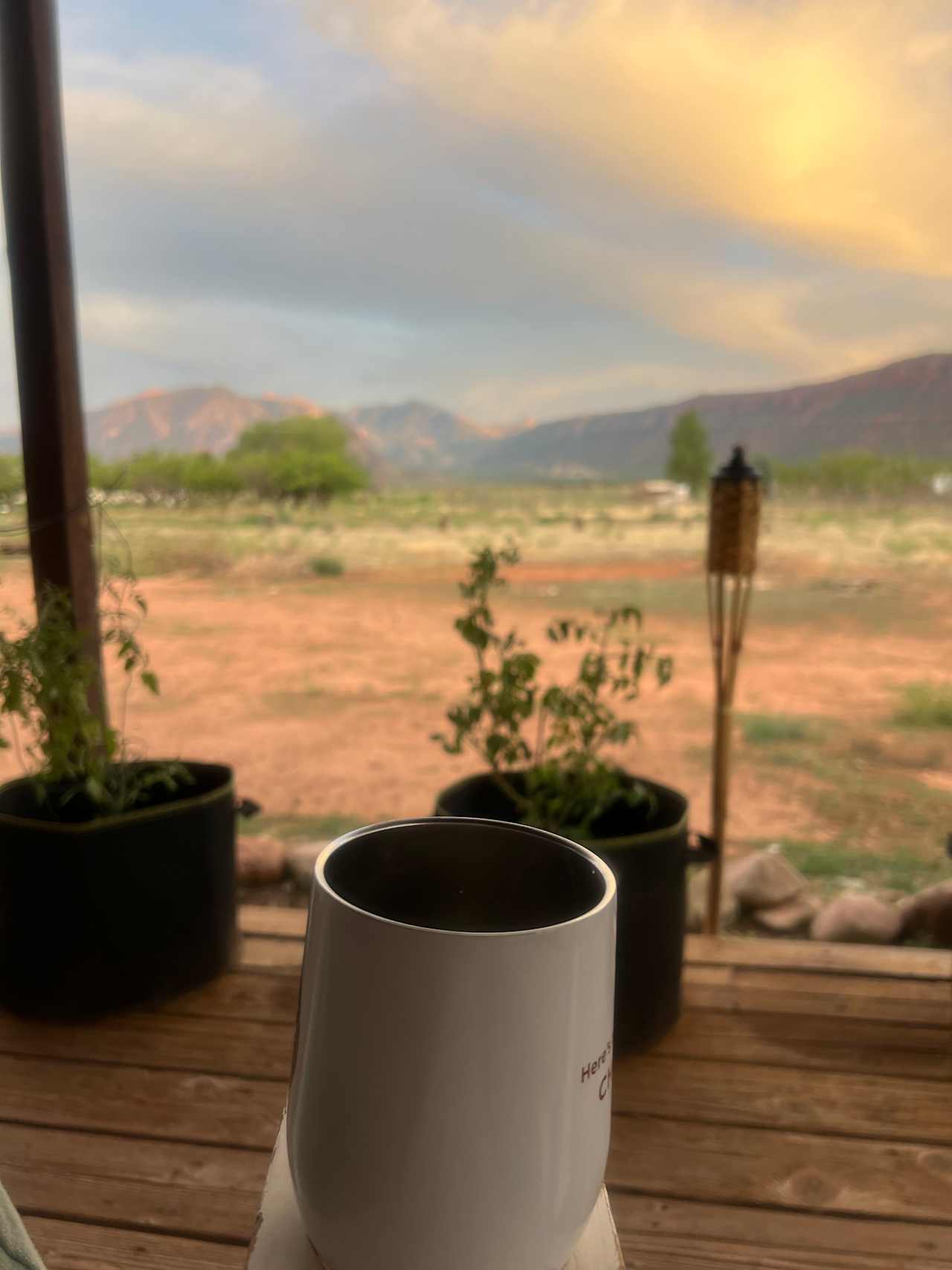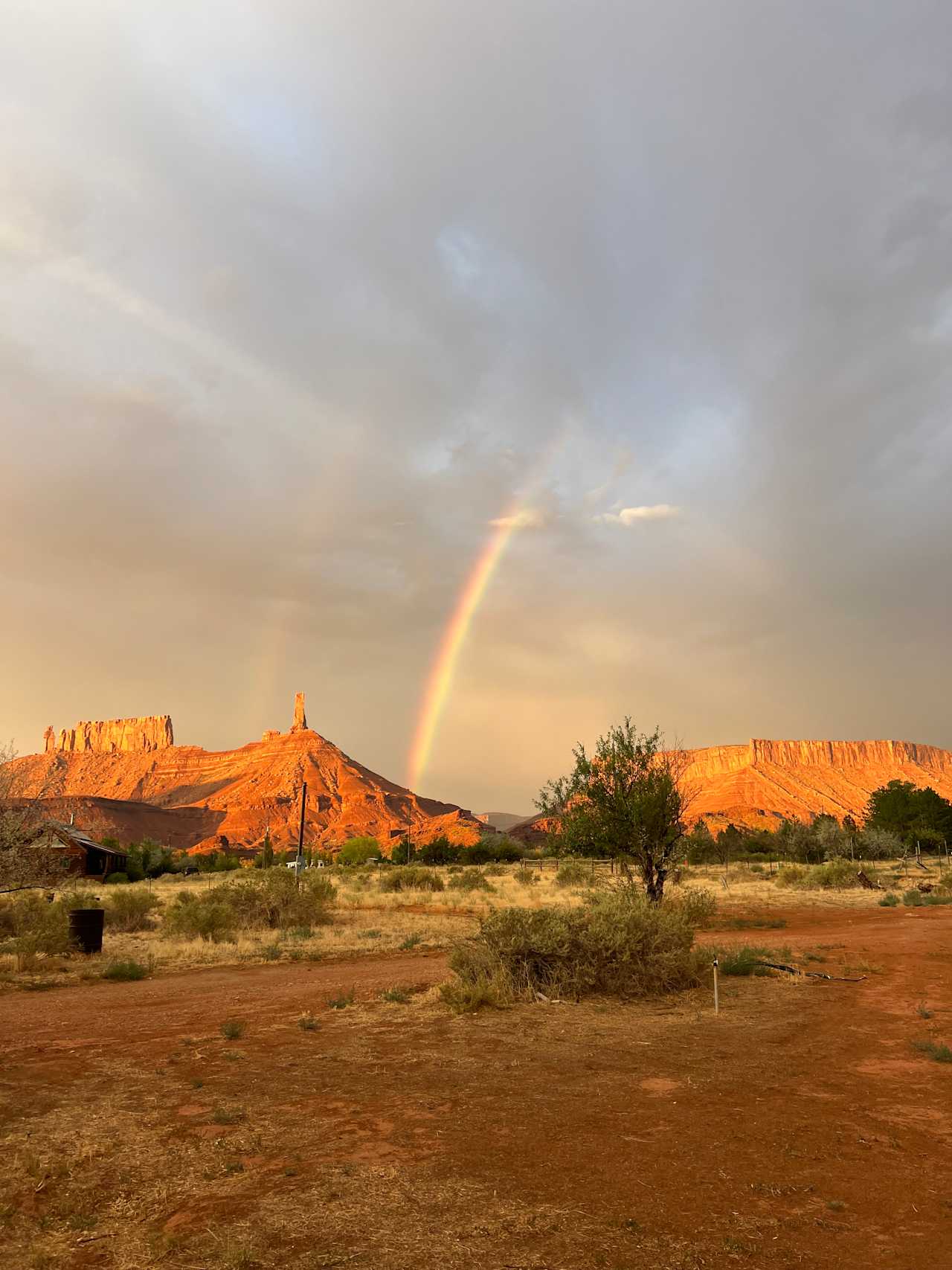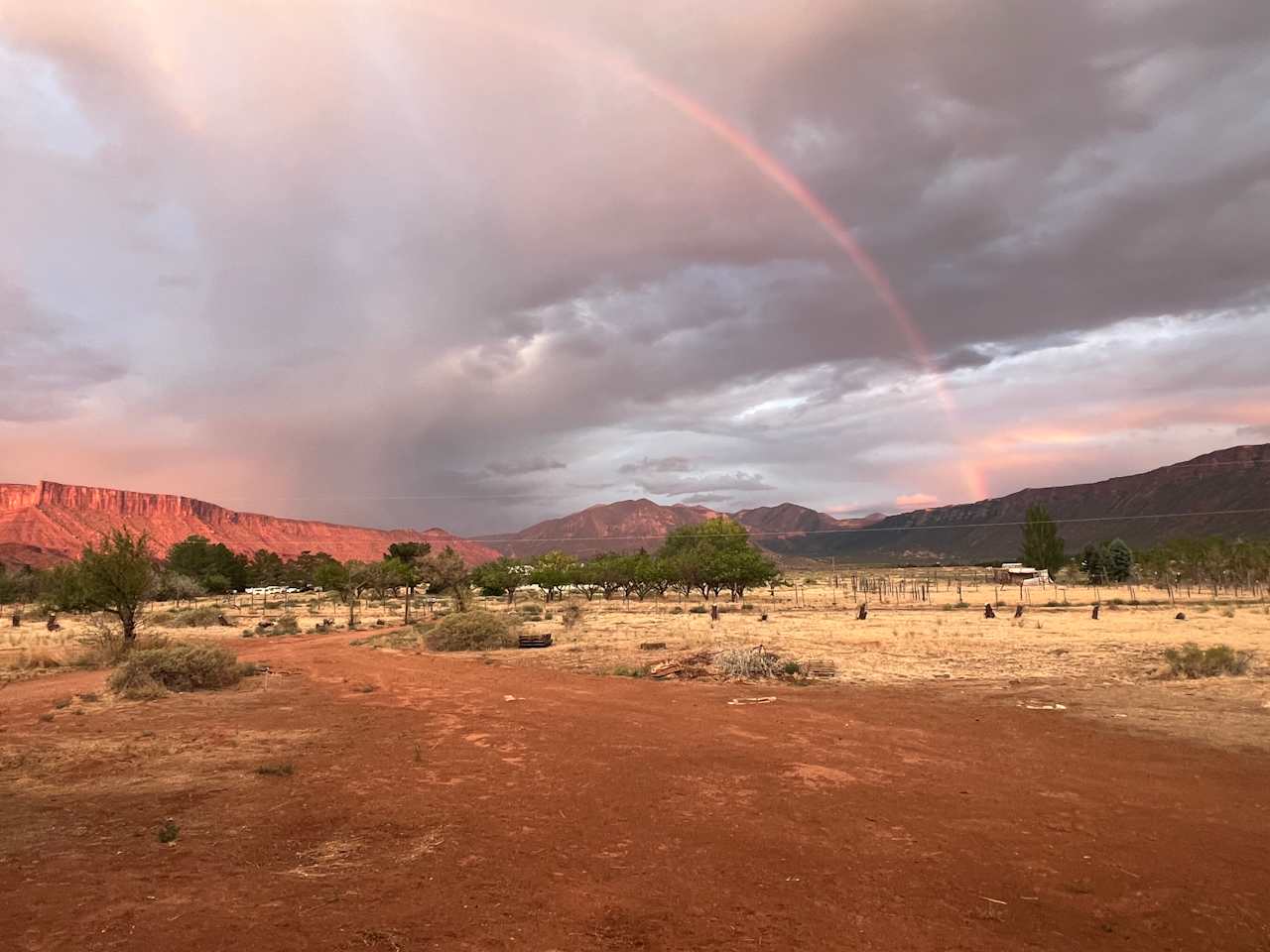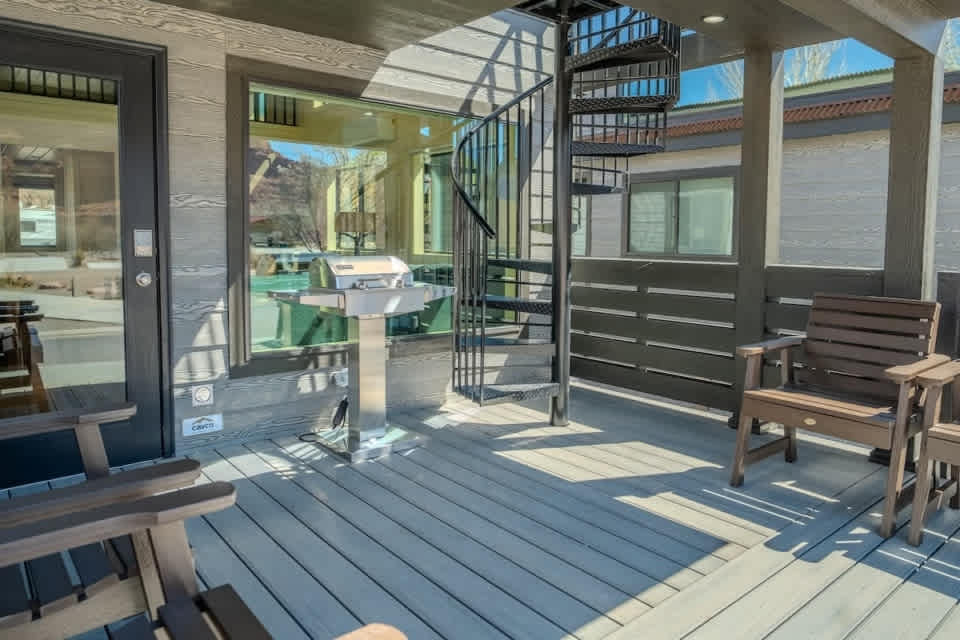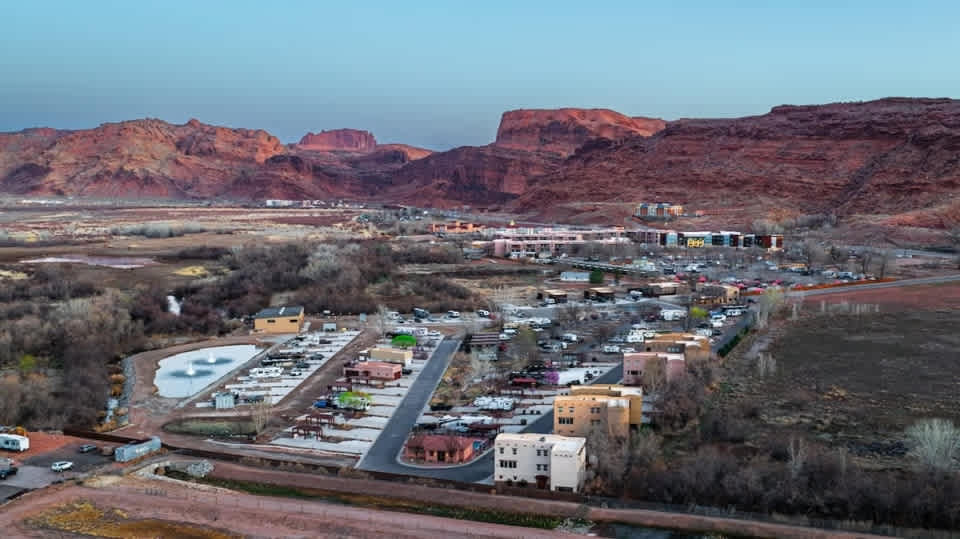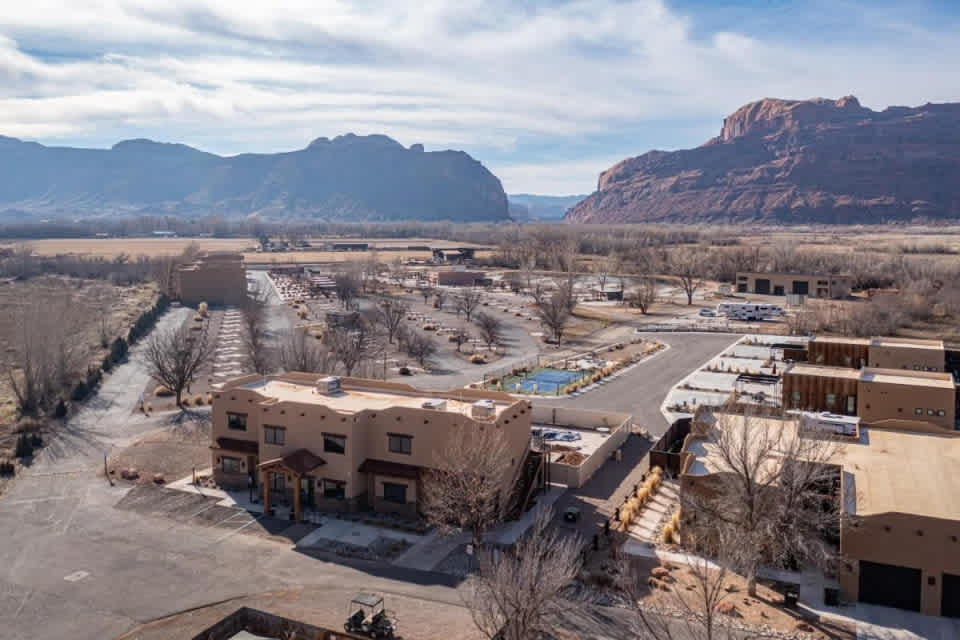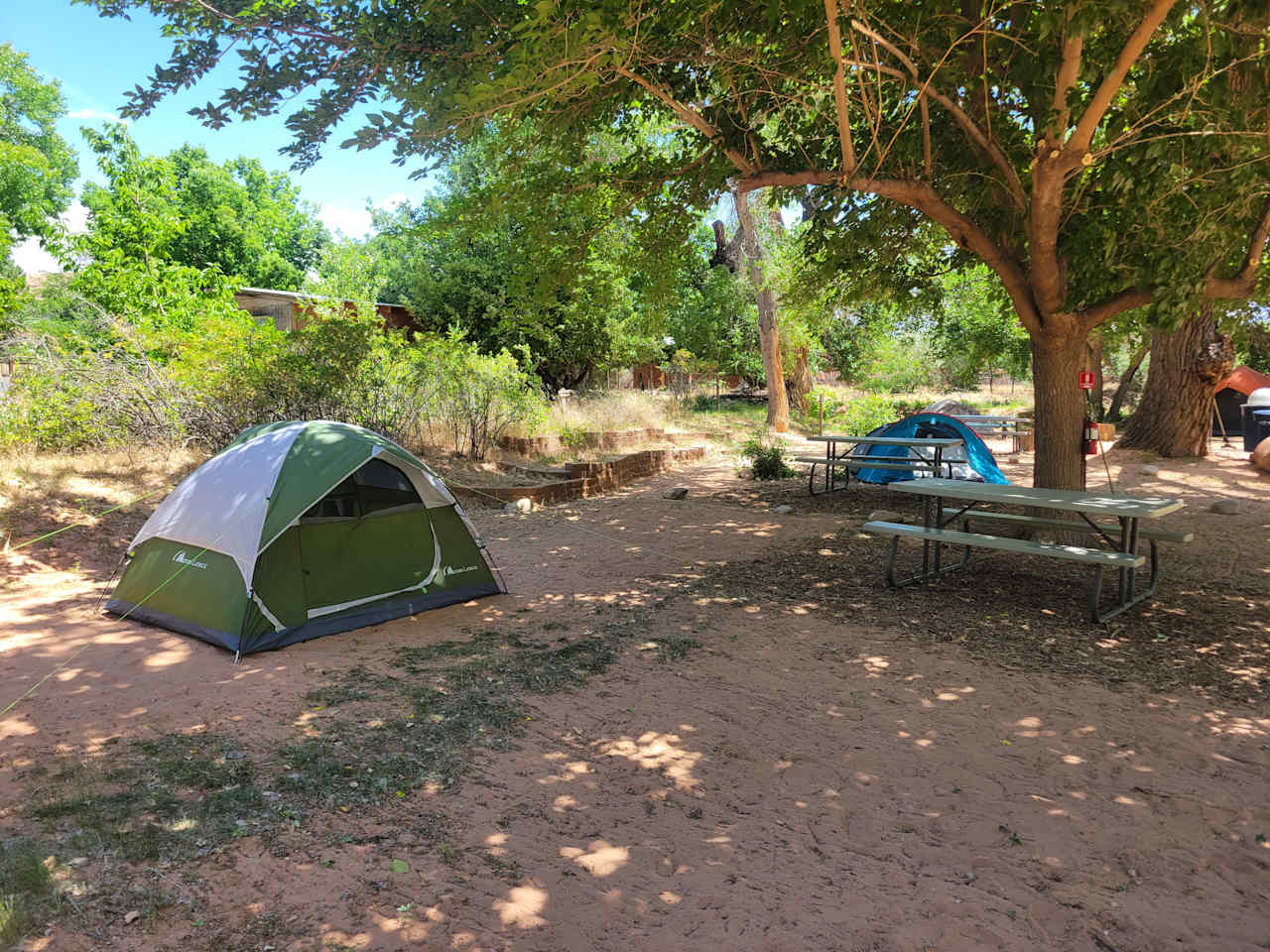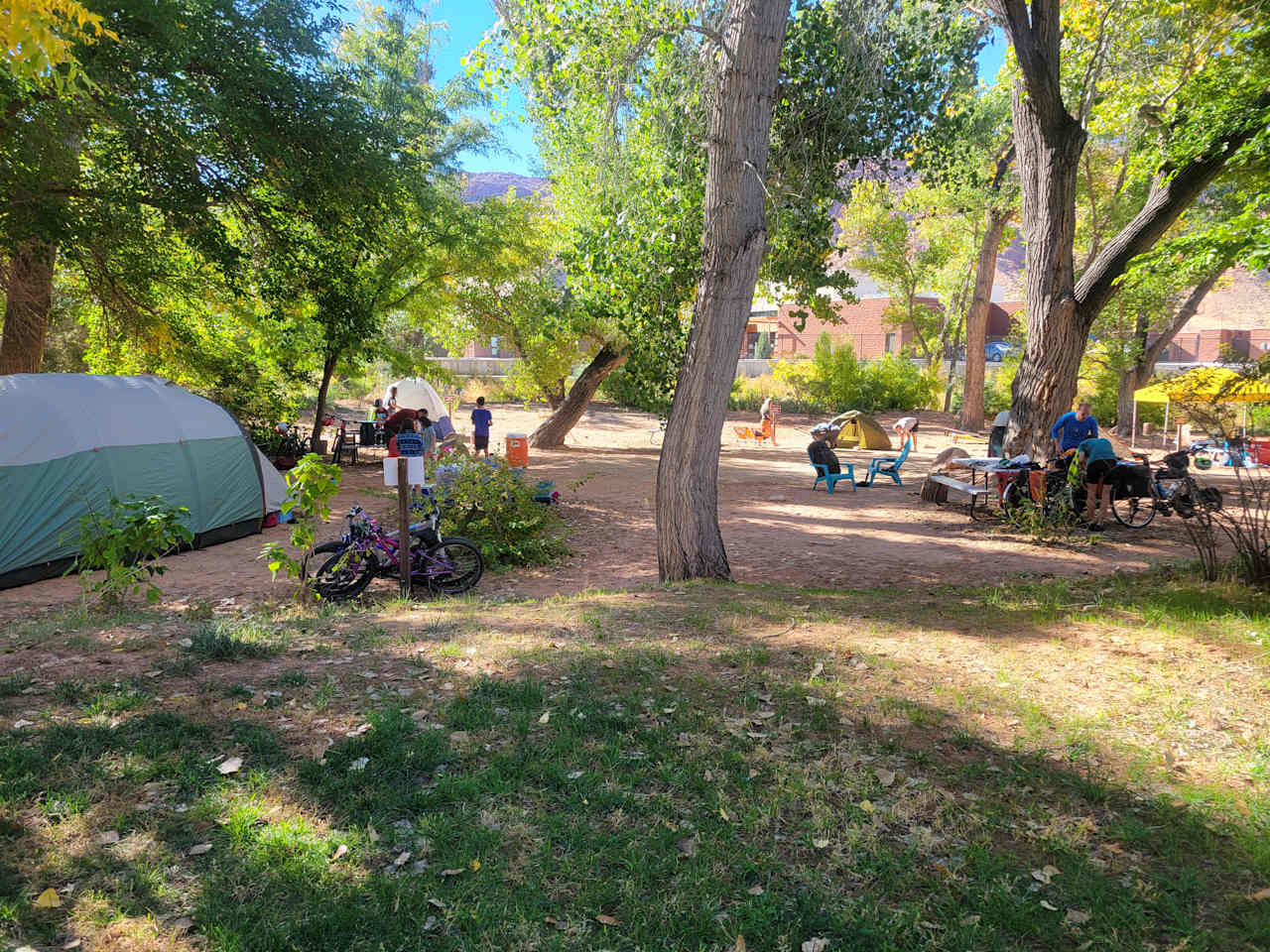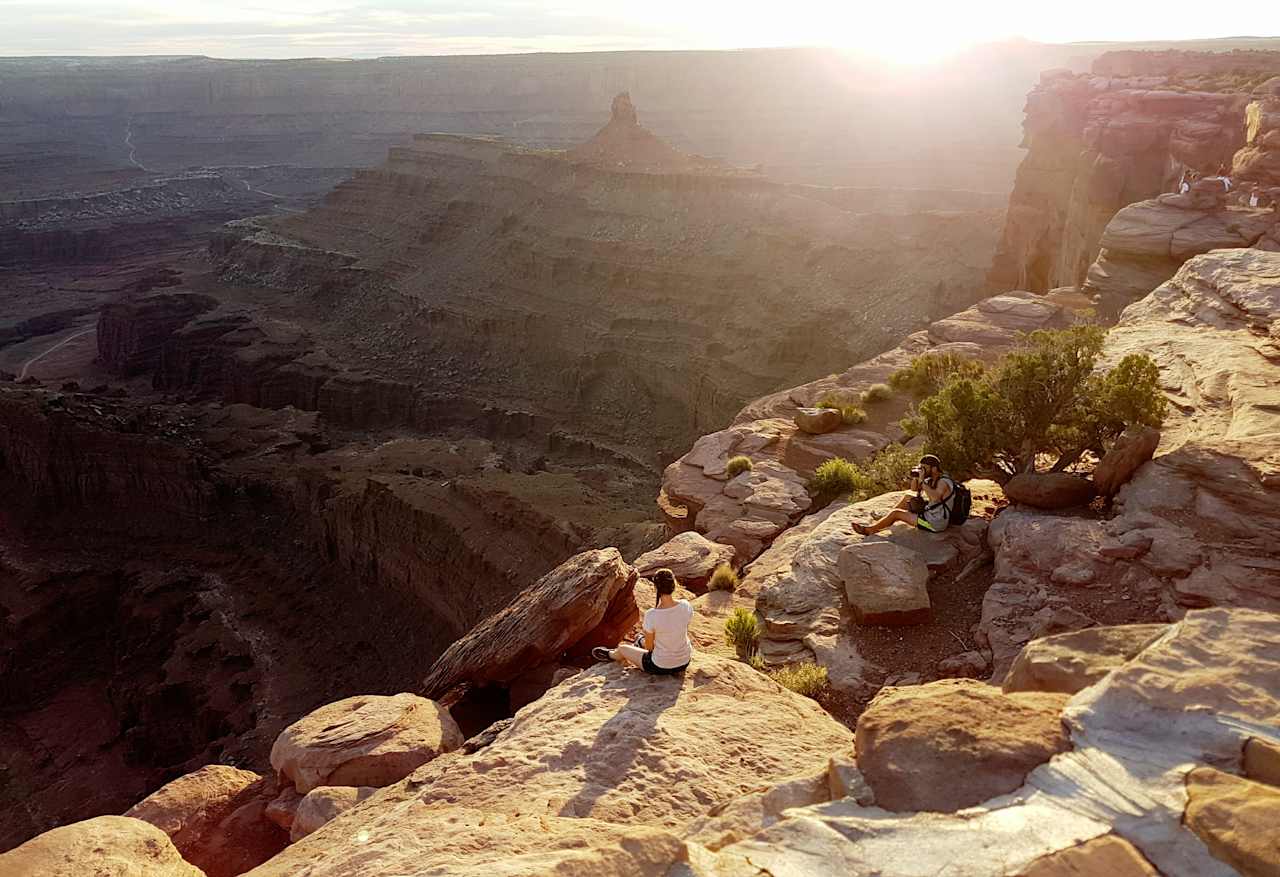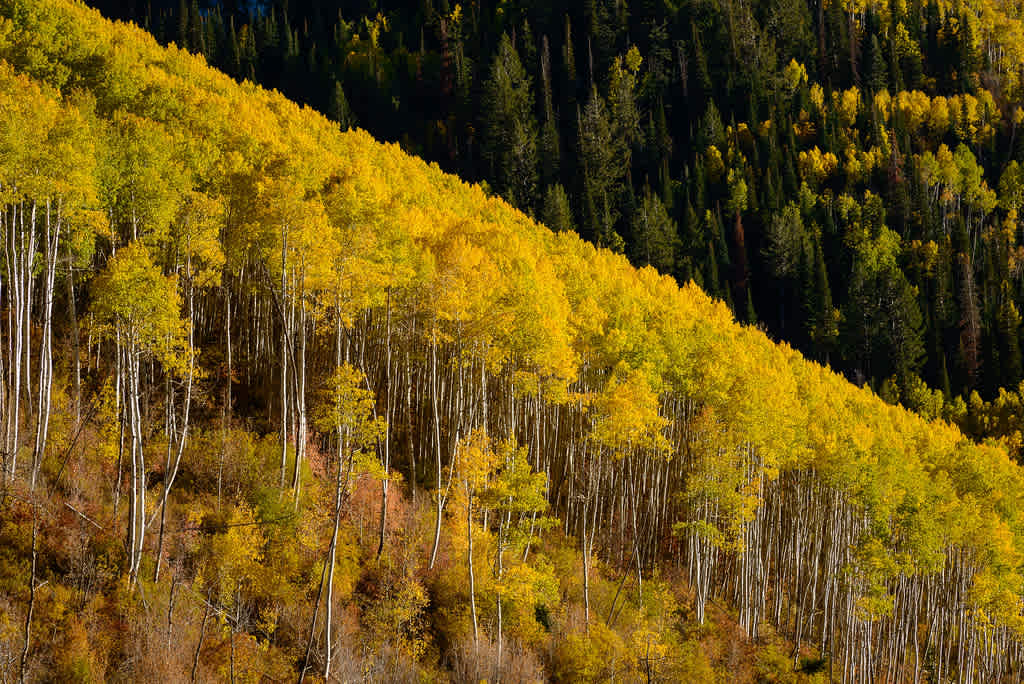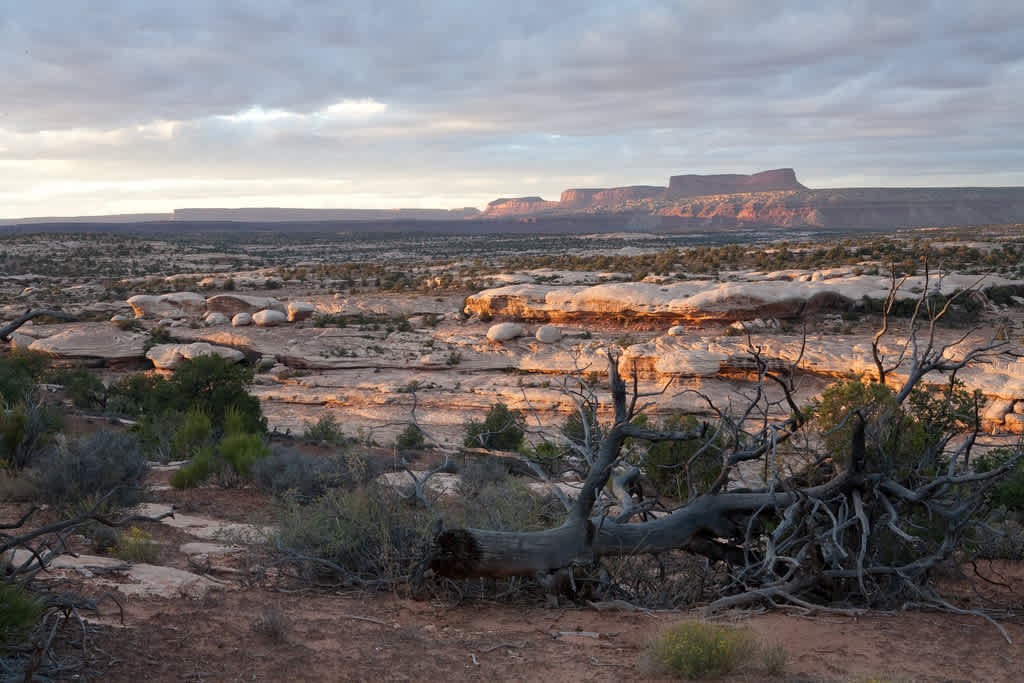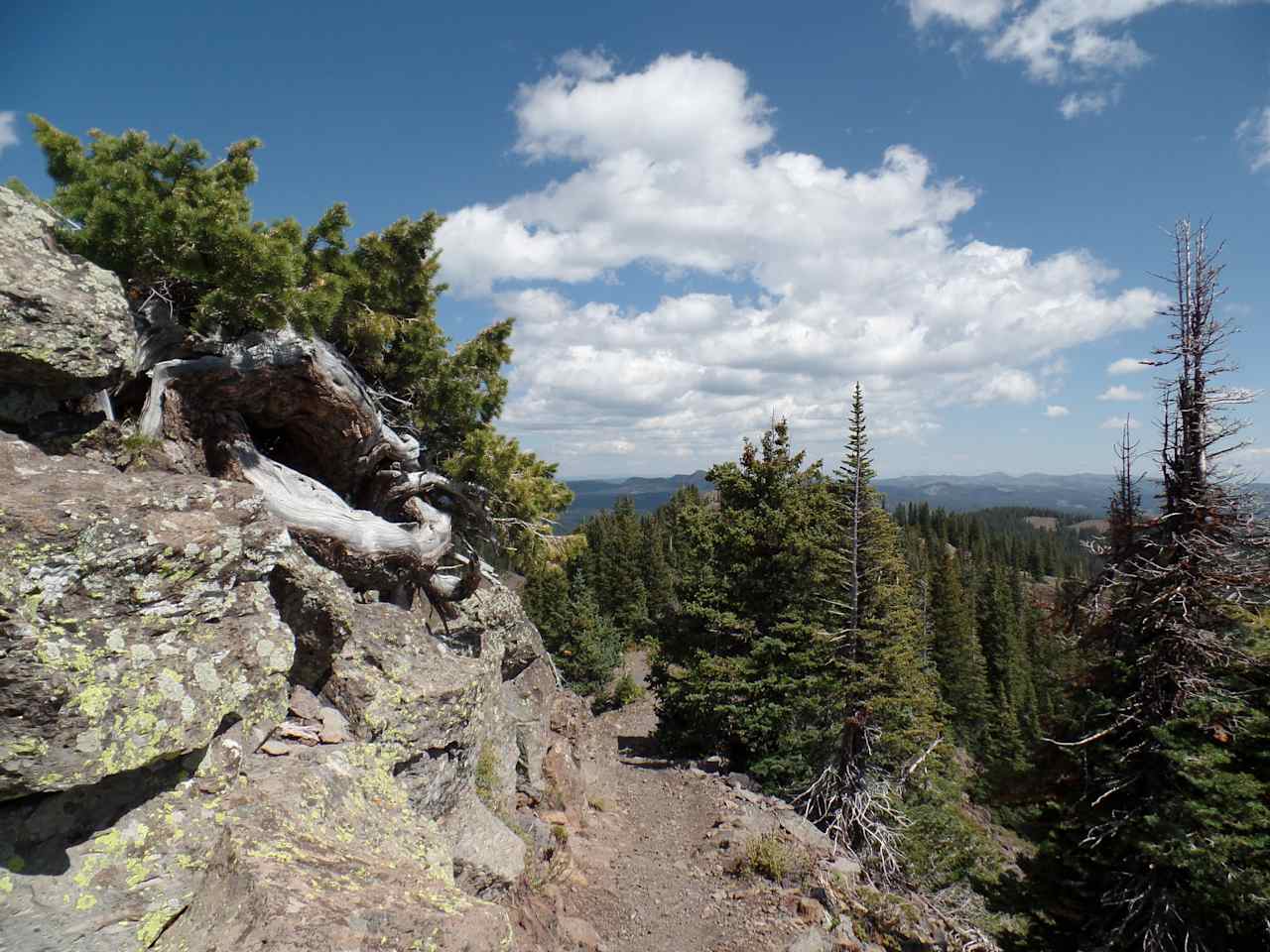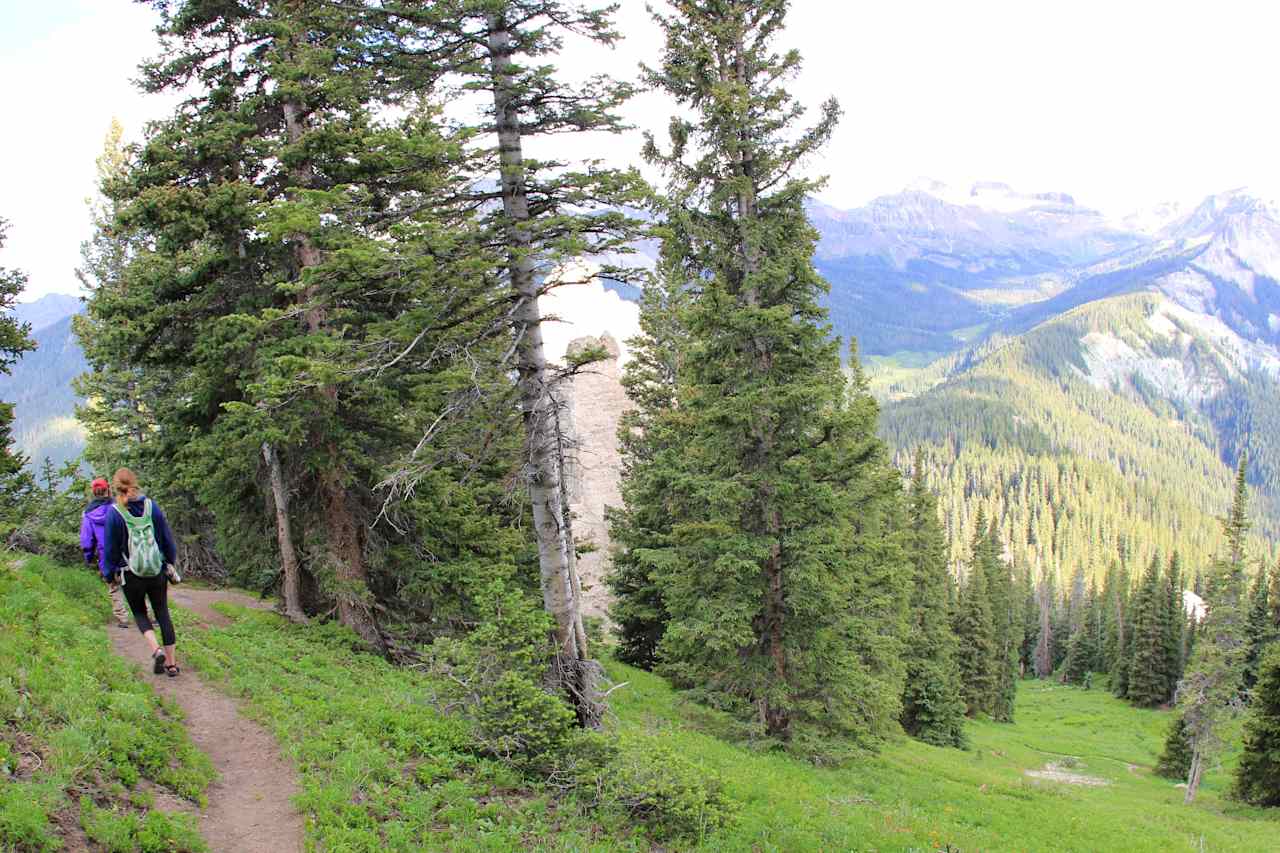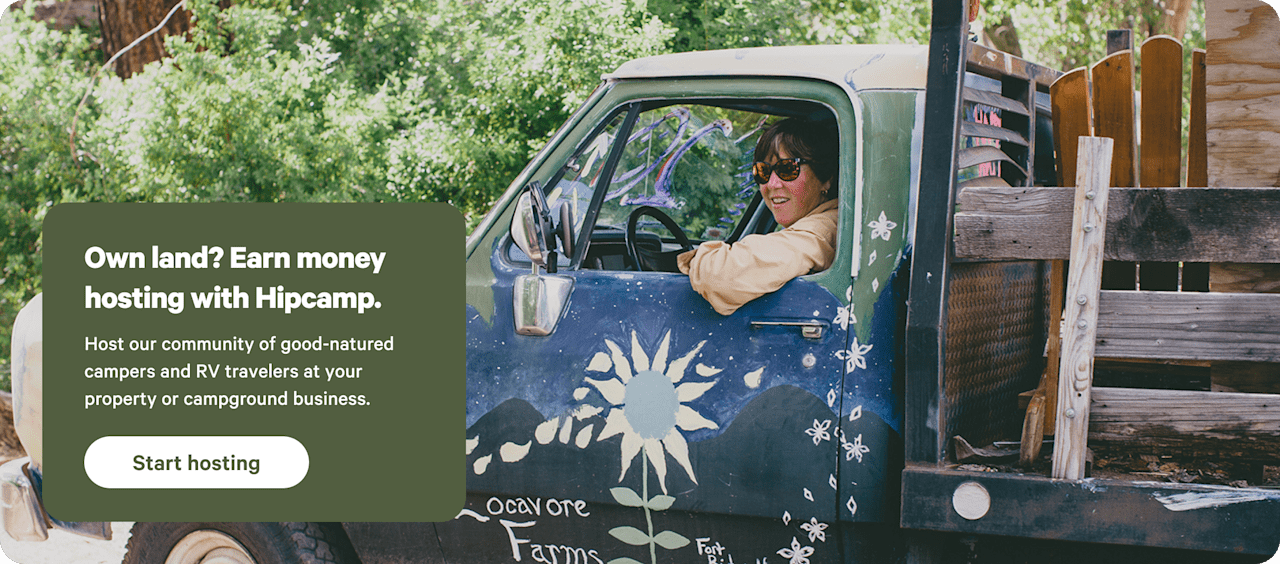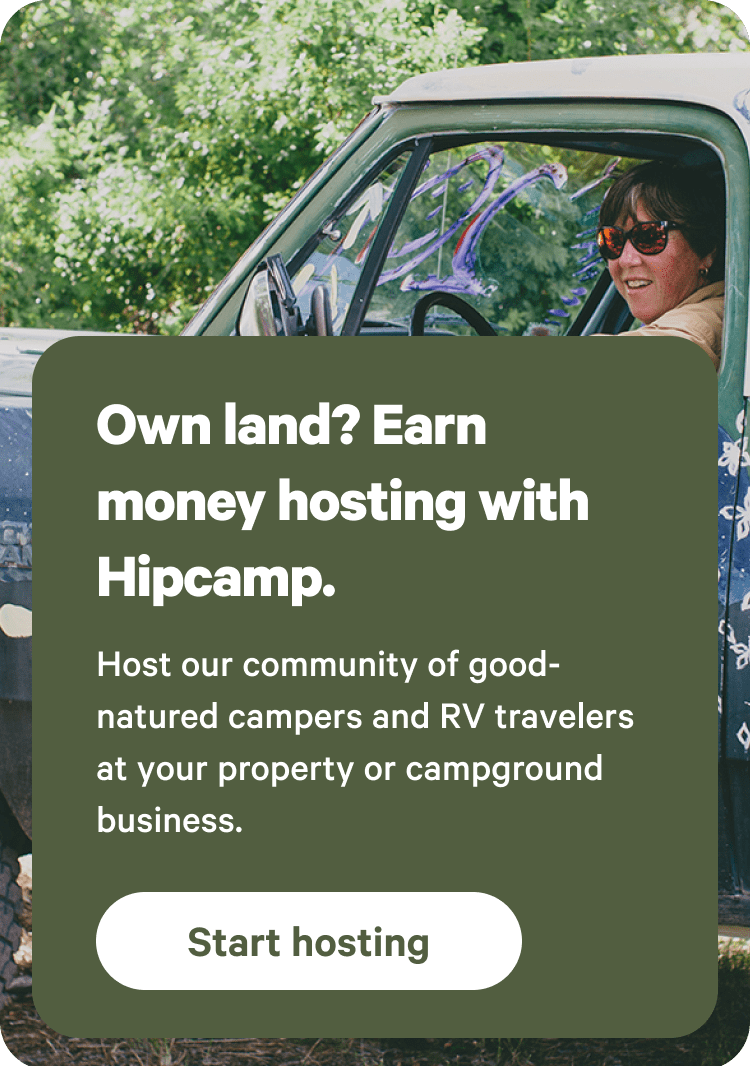Camping near Moab
Immerse yourself in nature in the gateway to Arches and Canyonlands national parks.
- —
- Moab
Popular camping styles for Moab
Star Hosts in Moab
Available this weekend
12 top campgrounds near Moab
Under $50
Dog-friendly getaways
Nearby parks
Explore the area’s public lands.
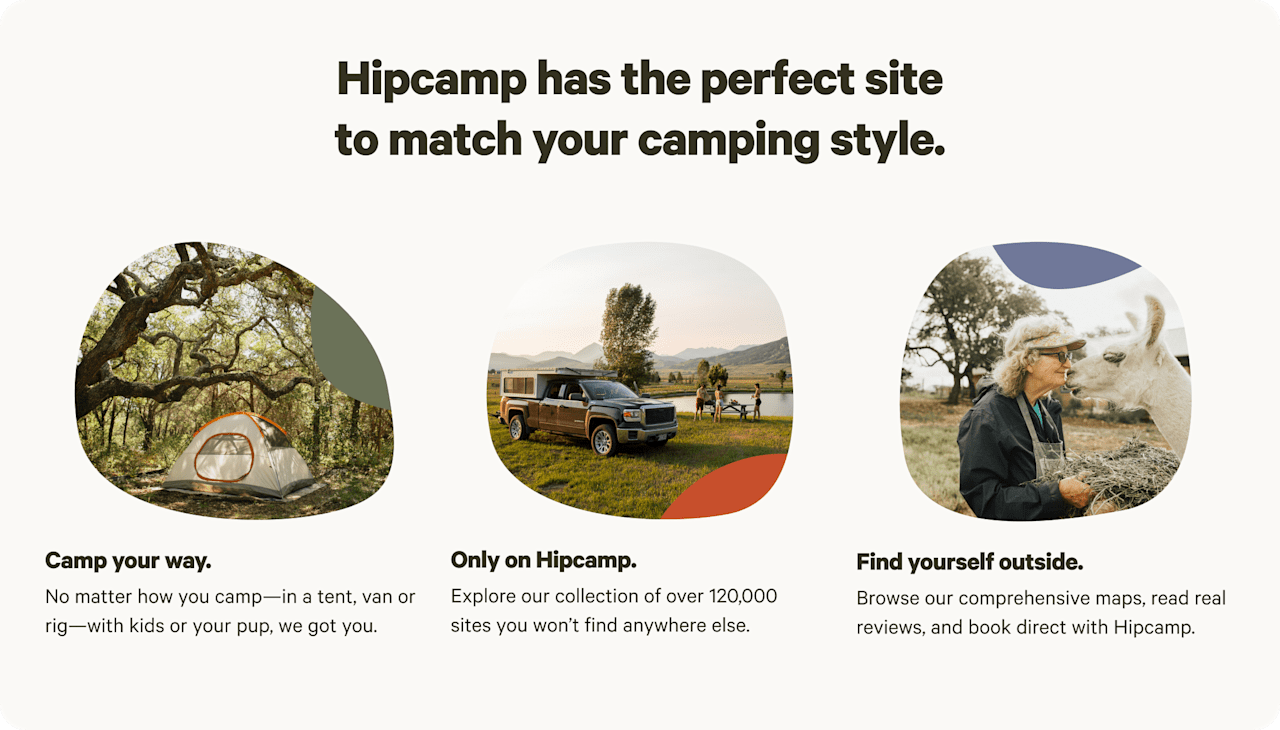

Camping near Moab guide
Overview
On the banks of the Colorado River, just west of the La Sal Mountains, Moab is an excellent base for exploring some of eastern Utah's most impressive outdoor attractions, drawing hikers, campers, and ATV and mountain-biking enthusiasts, particularly in the summer months. It's the gateway to both Arches National Park and Canyonlands National Park, and while the national parks are certainly the big draw here, there are plenty of other Moab-area spots to explore, including the Sand Flats Recreation Area and Dead Horse Point State Park. The Bureau of Land Management (BLM) also operates a couple of dozen first-come, first-served campgrounds near Moab.
Frequently Asked Questions About Camping Near Moab
Can you camp anywhere in Moab?
No, you cannot camp anywhere in Moab. If you’re within 20 miles of Moab, camping is only allowed in developed campgrounds, according to the Bureau of Land Management (BLM). Luckily, developed, designated campgrounds are all over Moab, from primitive campsites at a BLM campground to private RV parks. You can also find a number of primitive camping options just outside the city, including in Arches National Park and on private land.
Can you camp in Moab in winter?
Yes, you can go camping in Moab in winter. Many Moab campgrounds and RV resorts stay open year-round, and the town does not shut down for winter. Area attractions like Arches National Park see much fewer crowds in winter than in fall, and snowy landscapes make for great photos. Between November and February, temperatures sit at around 50° to 55° degrees, meaning tent camping is possible with the right gear so long as you check weather forecasts in advance. January is the coldest month—you can also choose a cozy cabin stay or a vacation rental in Moab for a warmer experience.
How much does it cost to camp in Moab?
Moab camping ranges in price, from $20 per night for a simple tent or RV camping site to upwards of $350 for a luxury Moab cabin. You’re likely to pay more as amenities increase, as prices are lowest for primitive campsites and rise with access to things like bathrooms, showers, camp kitchens, and free wifi. Find Moab camping under $50.
Where can I camp for free in Moab?
While you’re unlikely to find any free camping in Moab itself, free camping can be found well outside town in Manti LaSal National Forest. Although the Bureau of Land Management (BLM) oversees more than 20 campgrounds around Moab, most of these developed campsites require a fee to stay overnight. (When within 20 miles of Moab, camping is only allowed in developed campgrounds, making free camping a rarity) Arches National Park requires entry fees, so you won’t find free camping in the park either.
Can you camp on BLM land in Utah?
Yes, you can camp on BLM land in Utah, where 42% of the state is considered BLM land (some 22.9 million acres). Most developed BLM campgrounds in the state require a fee, while dispersed campsites on Utah BLM land are more often free. Popular spots include the Silver Island Mountains Backcountry Byway (BCB) outside the Bonneville Salt Flats, Uinta-Wasatch-Cache National Forest outside Gunnison, and Ashley National Forest.
Where to go
North of Moab
Arches is the main attraction north of Moab, and while there's only one camping area in the park (Devils Garden Campground), campers will find plenty of private alternatives, some with RV sites and hookups, in the immediate vicinity. Further north, the McInnis Canyon National Conservation Area offers plenty of gorgeous rock formations, with fewer crowds than what's found at the national parks.
Southwest of Moab
The region to the southwest of Moab is full of outdoor attractions, and while Canyonlands National Park is by far the best-known, there are plenty of other areas within a few hours’ drive worth exploring, including Natural Bridges National Monument. San Juan County, in particular, offers a verdant alternative to the rockier landscapes that dominate the area, with plenty of mountainous forestlands and biking trails just west of Highway 191, near Monticello.
Southeast of Moab
A short drive southeast of Moab will take you to the Manti-La Sal National Forest and its La Sal Mountains. It's a great place to be if you're in search of lush camping options away from the national park crowds; Warner Lake campground, in particular, is a good option, with tent sites, picnic tables, and fire pits. Also worth checking out is the Canyons of the Ancients National Monument in Colorado, which preserves ancient indigenous petroglyphs, cave dwellings, and shrines.
When to go
The Moab area is at its busiest during the summer months, and if you like hot weather and don't mind crowds, this is a great time to visit. For a cooler, quieter experience, consider visiting in the spring, when the weather is pleasant and wildflowers are in bloom. Fall offers equally mild weather, and while winters can be bone-chilling, it’s a great time to visit to avoid crowds—just make sure your car has four-wheel drive.
